Ever since they first became commercially available to consumers, drones have become increasingly popular. (Notice how I didn’t say something like “drones have really taken off” – you’re welcome.)
Of course, there’s nothing new about the concept of radio-controlled aircraft, but drones are different from the toy airplanes and helicopters of the past. For one thing, they’re easier to fly. But, more importantly, the inherent stability of drones, combined with advances in camera technology, has made drones an excellent tool for capturing truly amazing aerial images and videos.
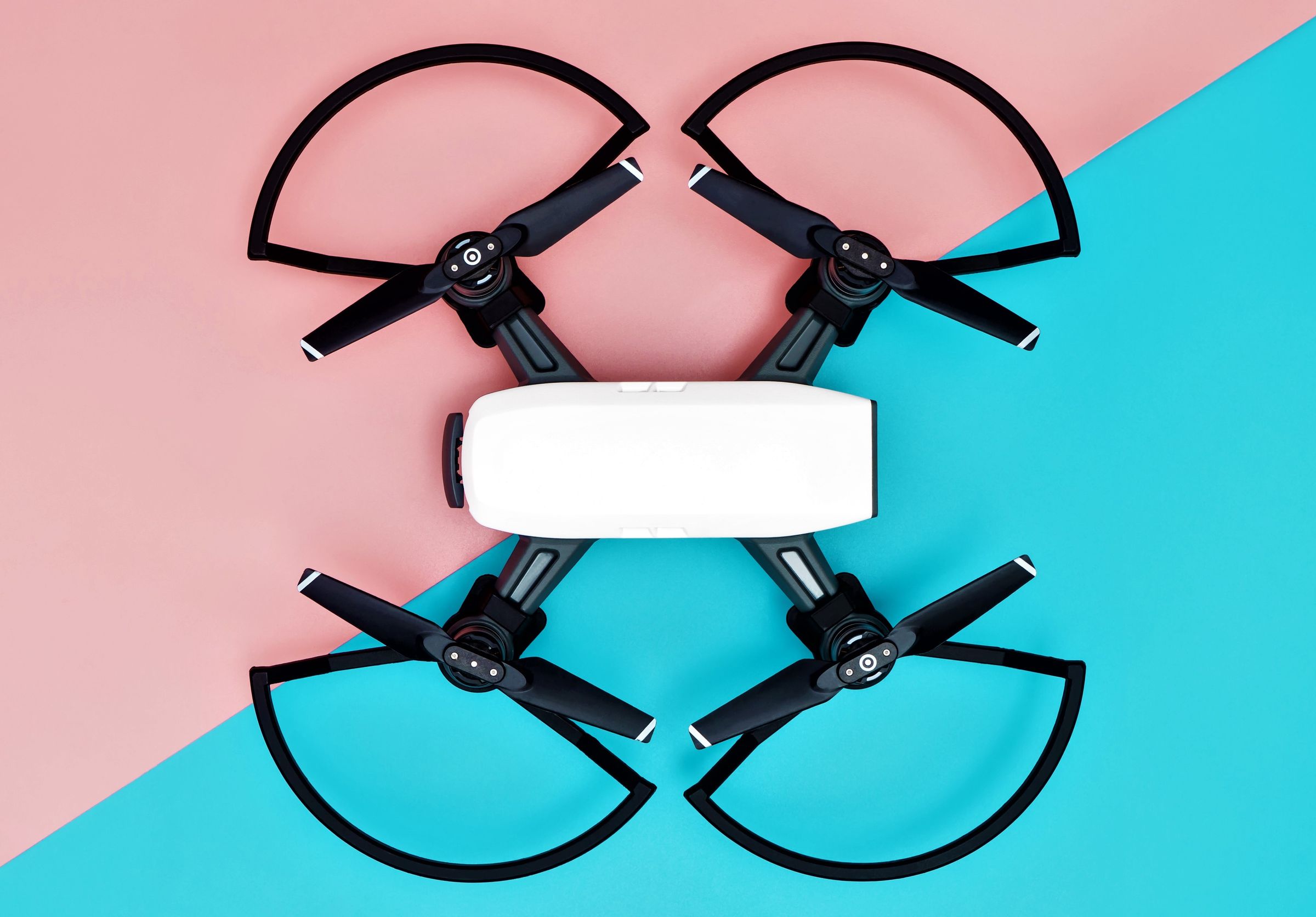
Whenever you watch one of those fantastic wildlife documentaries where wild animals chase each other across the plains or Hollywood productions with glittering cityscapes rising out of the oncoming night, you probably have a drone to thank. So it’s no wonder why home users are keen to capture some stunning shots and footage of their own. And as drones become more popular, they also become more affordable.
But before you go out and spend what could be a significant sum of money buying a drone of your own, there are a few things you need to know. Not least among them are the legal ramifications of flying an unmanned aircraft. So, to stay out of legal trouble and to avoid spending more money than you need to on a machine that isn’t suitable for your needs, read this guide. We’re here to help.
We are also familiar with the fact that you’re new to the world of automated flight, so we’ve included a few drones that are ideal for beginners.
If you just want something quick and easy to fly so you can see if this hobby is for you, there are some excellent options available. And if you want something more high-end, you can make a living with? Well, we have you covered for that, too!
Sneak Peak of Best Beginner Drones:
1. Learn About Different Types of Drones
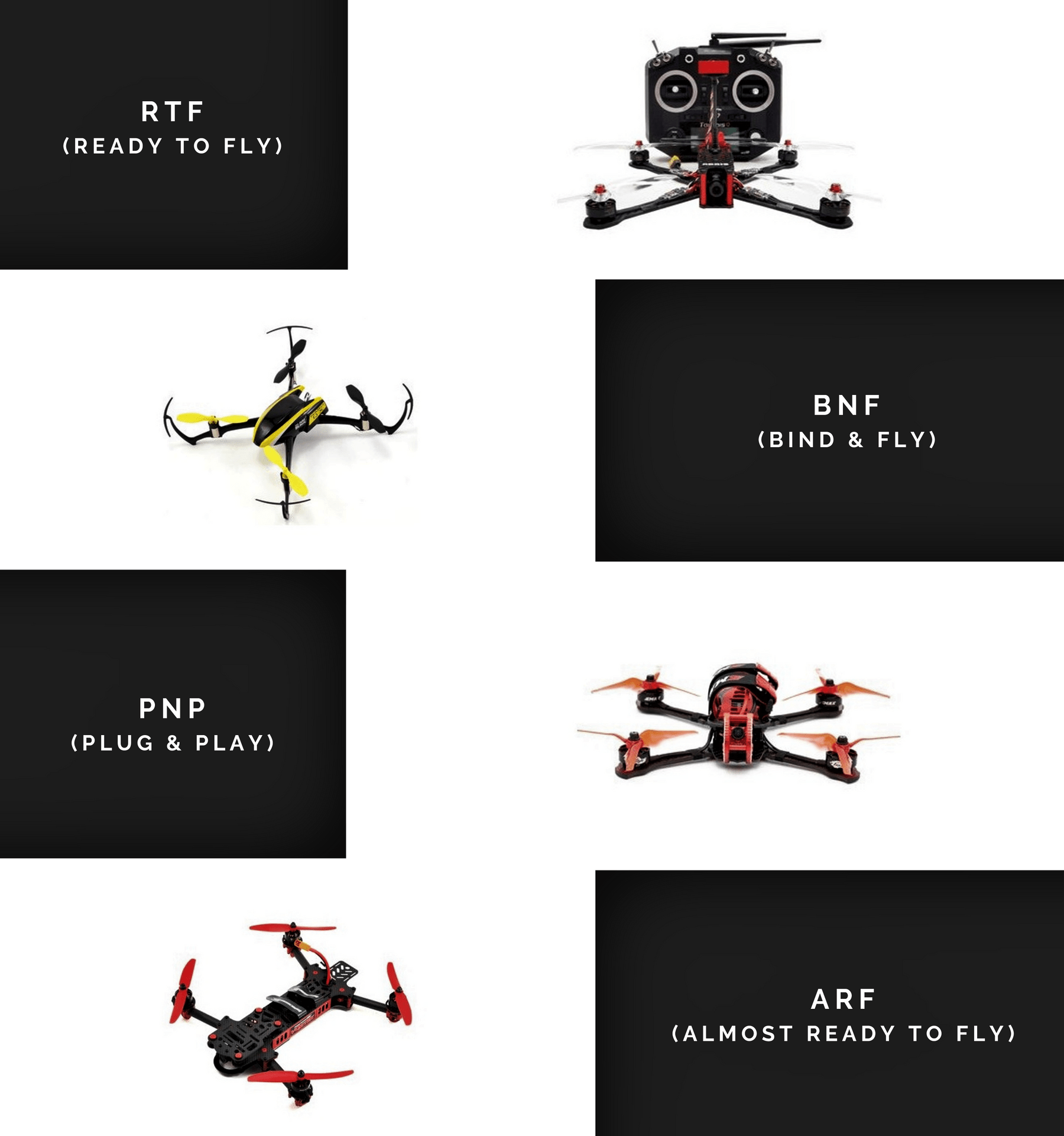
Every hobby comes with an entirely new vocabulary to learn. Drone flying is no different. After all, how else will the other drone pilots know that you’re part of the group? Therefore, it’s important to get the lingo down so that you seem like one of them.
Before you even choose which drone you want to own, there are a few terms you’ll need to learn because not all drones are created equal. Different machines have different uses. Plus, they come at different prices.
Are you looking for a drone to perform some sweet aerial acrobatics? Or are you more interested in aerial photography or filming? Or you need one to compete in FPV (first-person view) racing events. The answer to these questions will determine what kind of drone you require. And even though many machines are multipurpose, some are better at certain tasks than others.
Also, be aware of your own skills. Are you comfortable using tools? Some drones require extensive assembly before they can be used, while others are more or less ready straight out of the box. Knowing your limits will go a long way toward helping you choose the correct drone for your needs.
In particular, understand the following terms:
-
RTF
As the name implies, ready-to-fly or RTF drones are the easiest types to get started with. The best choice for beginners, RTF drones come with everything you need to get started.
Don’t make the mistake of thinking that ready to fly truly means ready to fly. Some assembly may still be required, such as attaching rotor blades and charging batteries. But RTF drones are the easiest type to get started with and contain everything you need in a single box to start flying.
Of course, this also makes RTF drones more expensive than other kinds. But, on the other hand, you’re paying for the convenience of not having to do a lot of assemblies.
-
BNF
BNF stands for bind and fly.
BNF drones come without a transmitter, which you will need to acquire separately, or you can use the one that you already have.
This may not be as simple as it sounds. Not every transmitter works with every drone. And even if you have a transmitter that works on the same frequency as the drone, that doesn’t mean they will bind together.
Both transmitter and receiver need to use the same protocol in order for them to communicate (it’s like transmitters are from Mars and receivers are from Venus!). So check this before to make sure that your transmitter will work with the drone before purchasing it.
BNF drones are popular with more advanced users, who may already have a transmitter that they are comfortable with. Because they don’t include the transmitter, they are cheaper than the ready-to-fly options. But they require more work to get going.
-
PNP
PNP stands for plug and play and is sometimes also referred to as PNF or plug and fly.
This name makes it sound as though getting one of these drones in the air will be a simple process, but that isn’t necessarily true. PNP drones come with everything except a transmitter, receiver, batteries, and charger, so you’re paying for just the drone itself consisting of a frame, flight controller, ESCs, and motors.
Drones aren’t much use without the transmitter and receiver, you may be thinking. And you’d be right. But if this isn’t your first drone, it can actually be useful to attach the machine to a receiver and transmitter that you already own.
This way, you don’t have to learn a whole set of new controls, and you can often get a longer range than you might from a ready-to-fly model. Also, drones of this type tend to be on the cheaper side as compared to the above two.
-
ARF
ARF stands for almost ready to fly.
If you’re a drone novice, it’s probably better to stay away from these drones because you’ll soon learn that their definition of ‘almost’ is very different from yours as these are commonly in need of assembly, which can be very tricky unless you know what you’re doing.
ARF Drones are popular with those looking to race their machines since they allow for a high degree of customization. But they are best left in skilled hands. After all, you don’t want to put a lot of time and work into building your drone just to crash it on your first flight due to a lack of experience.
2. Consider Certain Features
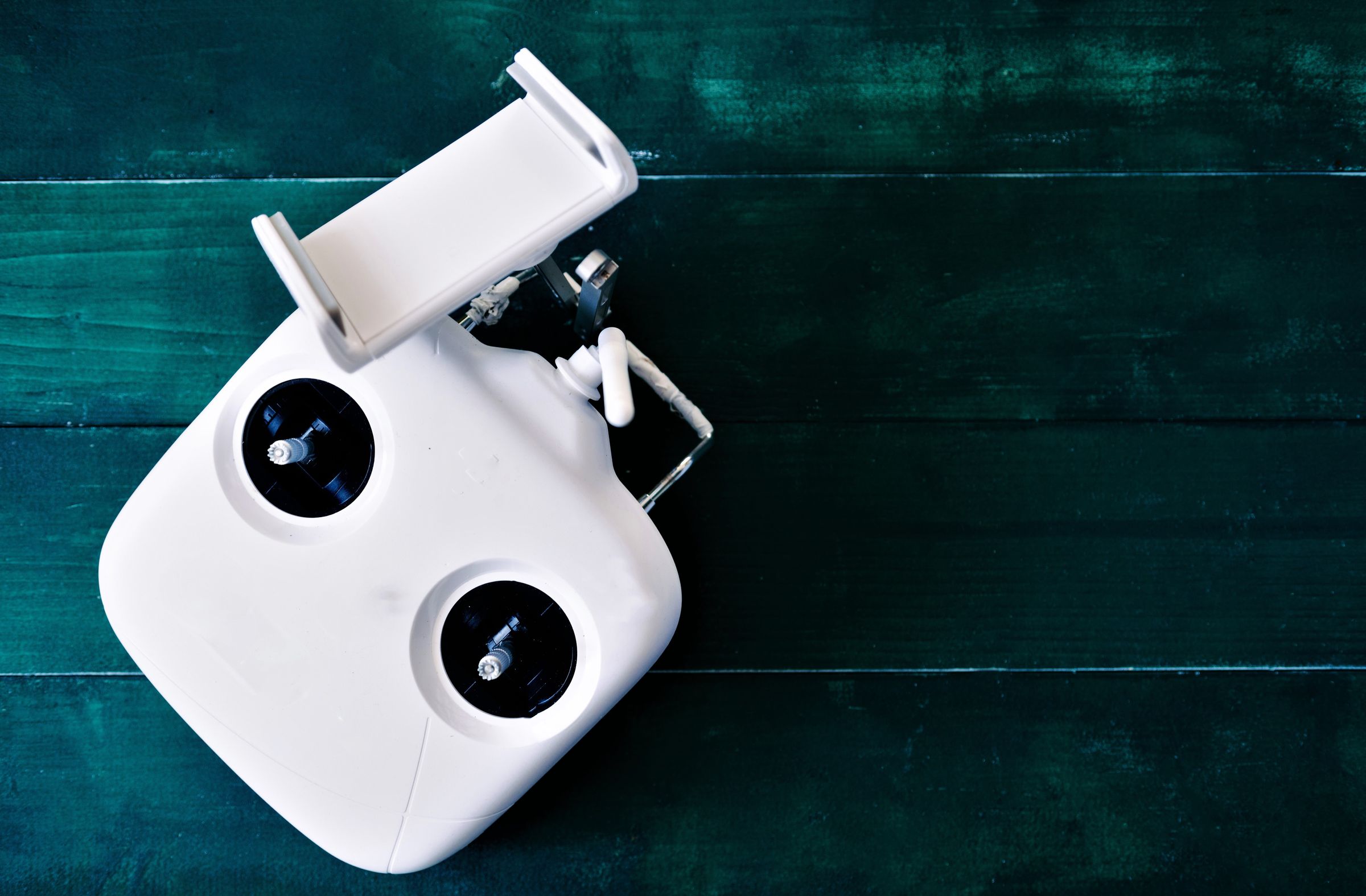
Drones come with all kinds of different features. And it’s the features of a drone that are often the deciding factor when it comes to making a purchase.
If you’re buying a drone for a specific purpose, you’re going to want a drone that is best suited for the use you have in mind. But don’t neglect other features. Sometimes, a feature that you think you will use all the time ends up being more or less useless to you, and something else that you didn’t care much about ends up being your favorite thing. This is especially true if you’re buying your first drone.
There are some features that any aspiring drone pilot needs to consider. Then there are others that fall more into the category of ‘nice to have, but only necessary for very specific uses.’ Let’s start with the key features.
Key Features to Consider
Drones aren’t easy to fly, especially for beginners. There are certain features that will help you get over the learning curve it takes to fly one of these machines properly.
Furthermore, some features are almost essential to have on your drone if you’re going to enjoy owning it. So these are the main things you need to look for, even at the budget end of the drone market.
-
Material Used
Drones can be expensive, and the more money you spend on a machine, the longer you’re going to want it to last.
Cheaper drones are usually made from plastic. While this material is cheap and light, it’s not always durable. If you’re trying to keep costs down, at least look for ABS plastic, which is tougher than regular plastic.
Alternatively, fiberglass and carbon fiber drones are much more resilient. Unfortunately, they are also much more expensive. Think of it as an investment. If you’re sure you’re going to use your drone a lot, the extra cost may be worth it.
Conversely, you may want to stay away from aluminum drones, as this lightweight metal doesn’t stand up well to accidents.
-
Range of Device
As a general rule, the further your drone can fly from the transmitter, the better.
Cheap drones may have a range of only 30 meters or so, whereas more expensive models can travel for miles without losing contact with the transmitter.
Suppose you’re interested in using a drone for photography or videography. In that case, the range becomes particularly important since a more extended range will allow the drone to reach places a human simply couldn’t.
On the other hand, if you’re just planning to fly for fun somewhere where you can keep the machine close to you, a long-range may not be as important.
Note: Just because a drone advertises a particular range doesn’t mean it can actually achieve that range. This is because drones receive their instructions from the transmitter by radio waves, and radio waves easily interfere with one another.
Unless you live in a shack in the woods, there’s always going to be some radio wave interference with your drone. In some areas, that interference can dramatically shorten the range from the advertised figure.
For example, flying a drone near cell phone towers will drastically shorten the range from what’s advertised. In addition, static obstacles such as buildings, trees, and mountains can also interfere with your drone’s signal.
So the best thing to do is to get a drone with more range than you think you will need, knowing that the advertised range is a maximum that you may never achieve in the real world.
-
Flying Time
When humans were first perfecting powered flight, one of the biggest problems they ran into was that of fuel. The more fuel an aircraft carries, the longer it can stay in the air. But fuel adds weight, which can make it difficult, if not impossible, for the aircraft to take off in the first place.
Unlike passenger aircraft, drones don’t carry huge reserves of fuel, which means they can’t stay in the air for long. A drone’s battery limits how long it can fly for; 20 to 30 minutes of flying time is fairly typical, but some cheaper drones may only be able to stay aloft for 5 minutes.
But no matter how long the flight time is on your drone, purchasing some extra batteries and keeping them charged when you go out flying is a good idea. That way, when your drone does run out of power, you can simply swap the battery and double your flight time.
Note: If you run a drone’s battery to exhaustion, let the drone rest for at least 5 to 7 minutes before you swap in a new battery and start flying. This will prevent the motors from overheating.
-
Camera
What is a drone without a camera? As fun, as it can be just to fly around, one of the main reasons to invest money in a drone is because it can help you produce spectacular photos and videos of locations you wouldn’t get any other way.
But you won’t be able to do that unless you choose the right camera.
These days, many drones come with their own built-in camera. In that case, we advise you to take a close look at the specifications of the camera to make sure it will perform the way you want it to.
Alternatively, you may be able to get a drone that allows you to attach your own camera, which will give you more freedom to get the best camera for your needs. However, this can end up being more expensive (costing $10,000 or more), and you’ll also need to keep an eye on the lift capacity of your drone since a camera that is too heavy may affect its flight performance.
Whether you intend to buy your own action camera to pair with your drone if it has the ability to carry a camera unit or want to opt for a drone that already has a camera, here are some essential things to look for:
- Sensor Size
Probably the most important factor in choosing a camera is the quality of the image you can get, and you can make an educated guess about a camera’s image quality by taking a look at the kind of sensor it uses.
These days, many drones are moving toward a 1-inch sensor. That’s significantly bigger and better than the one-third-of-an-inch sensor you’ll find in your iPhone. But some professional-level drones go beyond even that, offering a 4/3 of an inch sensor.
These big sensors can capture much more detail than small ones and are especially useful in low light. But unless you are a professional, a 1-inch sensor should be plenty for your regular needs.
- Resolution
Resolution is also a part of image quality, and it describes the amount of detail your camera can pick up. The higher the resolution, the better the image.
Resolution is often measured in megapixels for still photographs. You’ll want at least 12 megapixels to capture clear images. And if you’re shooting video, you’ll need to think about video resolution, too.
Shooting in 1080p might be enough if you are going to use your videos for social media. But if you want a more professional result, a 4K video option is worth spending a little extra money on.
- FPS (Frames Per Second)
There’s more to capturing great video than just the size of your sensor or the resolution of your camera, though.
FPS describes how many frames your camera can shoot per second, and using this feature correctly is key to getting fluid-looking and professional video.
Most people shoot around 24 or 30 frames per second, and 30 frames per second can work for YouTube videos. However, a faster frame rate – for example, 100 frames per second – allows you to capture slow-motion footage, which often looks incredible when recorded using a drone.
- Image Format
You’ll also want to pay attention to the format your camera can shoot in. Many beginner drones will capture still images as JPEGs, which is ideal for sharing on social media. This compressed image format also allows you to store more images on a memory card.
However, many professionals prefer lossless image formats like RAW or DNG. These formats act like digital negatives. They apply no compression or filtering to the image itself, allowing you to do all that in post-production.
This gives you much more control over any effects you want to add. However, these files are absolutely massive compared to JPEGs, so you’ll need to invest in a solid memory card. You’ll also need to know your way around photo editing software like Adobe Photoshop.
If you want the ultimate level of control over your drone photos, you’ll want a camera that can capture images in these formats. But if you just want something fun and easy, you’re better off sticking to compressed images that are good enough for most purposes.
- Other Features
There are lots of other important features you should consider when looking at a drone’s camera. Ultimately, how you intend to use your drone will determine how important these features are to you.
Here’s a quick overview:
Shutter Speed: This refers to how quickly the shutter of your camera can move. That might sound like an incredibly nerdy thing to know, but actually, it can be very useful. Basically, a quicker shutter speed means you can ‘freeze’ action when you take the photo. This is highly advantageous for anything that moves quickly, such as wildlife or sports. Plus, a high shutter speed helps you take clear photos even if your drone is not as steady as you would like.
Zoom Functionality: You can’t always get as close as you would like to what you are shooting. That’s where Zoom comes in handy. Obviously, the higher the zoom capability, the better, but all zooms are not equal. Optical zoom works by physically extending the camera’s lens to capture things that are further away, providing more outstanding image quality when compared to digital zoom. Which, on the other hand, zooms in while using the same lens, zooming in on the actual picture itself when it comes to capturing it. If you want to capture stunning visuals with the zoom, look for a telephoto lens that actually extends.
ISO Range: This refers to the sensitivity of the camera’s sensor and is especially important while shooting in low light. The greater the iso range of your camera, the greater the range of conditions you’ll be able to shoot in. While many cameras operate perfectly well in a range of 100 – 6400, others can go as low as 80 and as high as 25,000. Of course, the greater the range, the more expensive the camera will be.
-
Availability of Spare Parts
Anyone who’s owned a car will be familiar with the concept of spare parts. So, as a general rule, the more popular the drone, the more widely available spare parts will be.
Make no mistake; you’ll need spare parts because machines wear out through use, and even a relatively minor crash can damage parts of your drone.
Choosing a device that has spare parts readily available will reduce the cost of ownership and ensure that your drone spends more time in the air and less time in the shop. It might even be a good idea to purchase a few spare parts at the same time as you get your drone so that you have them when you need them.
Some of the most essential spare parts include propellers, propeller guards, landing gear, batteries, motors, and controllers.
-
Warranty
A good drone can be expensive to get one’s hands on. So, you want to make sure that you are covered in case something goes wrong with your new purchase.
That’s where a warranty comes in handy. However, you should be aware that not all warranties are created equal. Make sure to carefully read any warranty documents before buying your new drone so that you know what is covered.
Usually, any warranty will cover your drone for manufacturing defects (the longer one you can get, the better). Besides this, you should also take note of whether a warranty covers you only for the country where you bought the drone or whether it is worldwide, especially if you intend to travel with your drone.
It may also be a good idea to look for a transferable warranty so that if you sell the drone to somebody else, you can also transfer the remaining warranty period to them.
Some manufacturers also offer additional coverage to protect your equipment better for a little extra money. For example, DJI, one of the biggest manufacturers of drones on the market, offers what they call DJI Care Refresh. This extended warranty is in addition to the regular warranty and covers you for accidental damage in the event of a crash.
It’s beneficial for beginners because even if you’re the world’s most naturally gifted drone pilot, there is a learning curve to using these flying machines. Being covered for accidental damage means that if you crash into a tree or have it snatched out of the air by an eagle, you won’t be out of pocket.
However, DJI isn’t the only game in town. Another major drone manufacturer, Autel Robotics, provides its own Autel Care. Just like DJI Care Refresh, this coverage protects your drone against physical damage and flyaways for one or two years from the time of purchase.
An additional coverage sounds great, but many people new to drones are under the mistaken impression that you need to buy your drone directly from the manufacturer if you want to take advantage of their accidental damage protection warranties.
Fortunately, that’s not the case.
If you find a good deal on a drone from an online retailer like Amazon or B&H or even your local drone store, you can take advantage of that great deal and save money. And later on, shop for an extended care plan either directly from the manufacturer’s website or from authorized dealers online and offline.
Opting for this route can save you quite a bit of money.
Having said that, you should be aware that to take advantage of these care plans, the only condition is that the drone must be brand-new and unactivated. If it has been activated within the last 48 hours, you can still purchase the coverage.
If your drone doesn’t meet these conditions, all hope is not lost. You may still be able to obtain the extended warranty, but you will need to apply to the manufacturer for special consideration. In that case, they will do a video assessment of your drone to ensure it is in flawless condition before offering their coverage.
High-Tech Features to Consider
So much for the basics, as well as the features listed above; there are some other capabilities that will make your drone flying experience far more pleasant.
Drones with fewer features are generally cheaper, and they can seem like a great deal. But that’s not true if using them is a frustrating ordeal. The added sensors and functionality of higher-end drones can make them easier to fly. Sometimes, the more expensive models are better for beginners.
These are some of the most useful high-tech features to look for when buying a drone:
-
GPS Navigation
There’s not much point in having a drone that doesn’t know where it’s going. Built-in GPS navigation can help your drone find its way around.
On some models, it’s even possible to pre-program routes and let your drone navigate for itself. This is especially useful if you find yourself wanting to photograph a particular area on multiple days.
-
GPS Home Function
Tall buildings. Mountains. Trees. Other radio signals. All of these can interfere with the communication between your drone and the controller you use.
Drones with a GPS home function record where they began flying from and will automatically return if there’s a problem. This way, you can be confident that your expensive drone won’t simply fly off into the distance and never be seen again.
The home function is best thought of as an emergency backup. While this function generally works well most of the time, it’s better not to rely on it completely.
Instead, try to keep your drone in sight and under control at all times so you can bring it back if there’s a problem. But if that’s not possible, the home function can get your machine out of a tight spot.
-
Headless Mode
No, this isn’t a feature where your drone will use its rotor blades to decapitate your enemies. Instead, it’s a useful feature to have that makes flying much more manageable for beginners.
Let’s assume that when you start your machine, both you and the drone are facing the same way. Pressing your controller left will make the aircraft go to the left, and pressing it right will make the machine go to the right.
But what happens when your drone gets turned around? Suddenly, your left is its right, and vice versa. And the design of many drones makes it hard to tell which end is the front and which is the back of the machine anyway. You can quickly get into trouble if the machine goes left when you meant to go right.
Headless mode solves this problem by setting a specific direction for the drone to stick to. So, no matter which way the drone is facing, steering it left will always cause it to go to your left, and steering right means it will always go right.
Especially if you’re an inexperienced drone flier, this can mean the difference between crashing or landing safely.
-
Obstacle Avoidance Technology
One of the biggest fears of any drone pilot is crashing.
Unfortunately, when it comes to drones, crashes are a fact of life (because sometimes those trees can really jump out at you). On the other hand, you can reduce the risk of crashes through the use of technology.
Although you may not have all the technological gadgets and dedicated staff a commercial airline pilot uses to make plane crashes extremely rare. Still, there is Obstacle Avoidance Technology that can help you keep your drone in the air and avoid hazards.
Obstacle Avoidance Technology uses a range of sensors, including cameras, infrared, and LiDAR sensors. Combining different sensors like this allows the drone to detect hazards in multiple different ways.
These sensors mainly detect obstacles close to the drone and report back to the drone’s onboard computer, which can then determine the best course of action. That may mean taking control of the drone to avoid the obstacle, slowing down, or even landing it.
-
3-Axis Gimbal
Gimbal is a fun word to say, but it’s more than that.
A gimbal is a device that holds your camera steady and lets it pivot with the movements of the machine. The three axes – pitch, roll, and yaw – describe the different motions a flying machine can go through.
The good quality three-axis gimbal will take all of these different motions into account and compensate for them to keep your drone’s camera steady while the machine is in flight, no matter what you do with your drone.
This is especially important if you’re shooting video footage.
3. Don’t Forget About Extra Costs
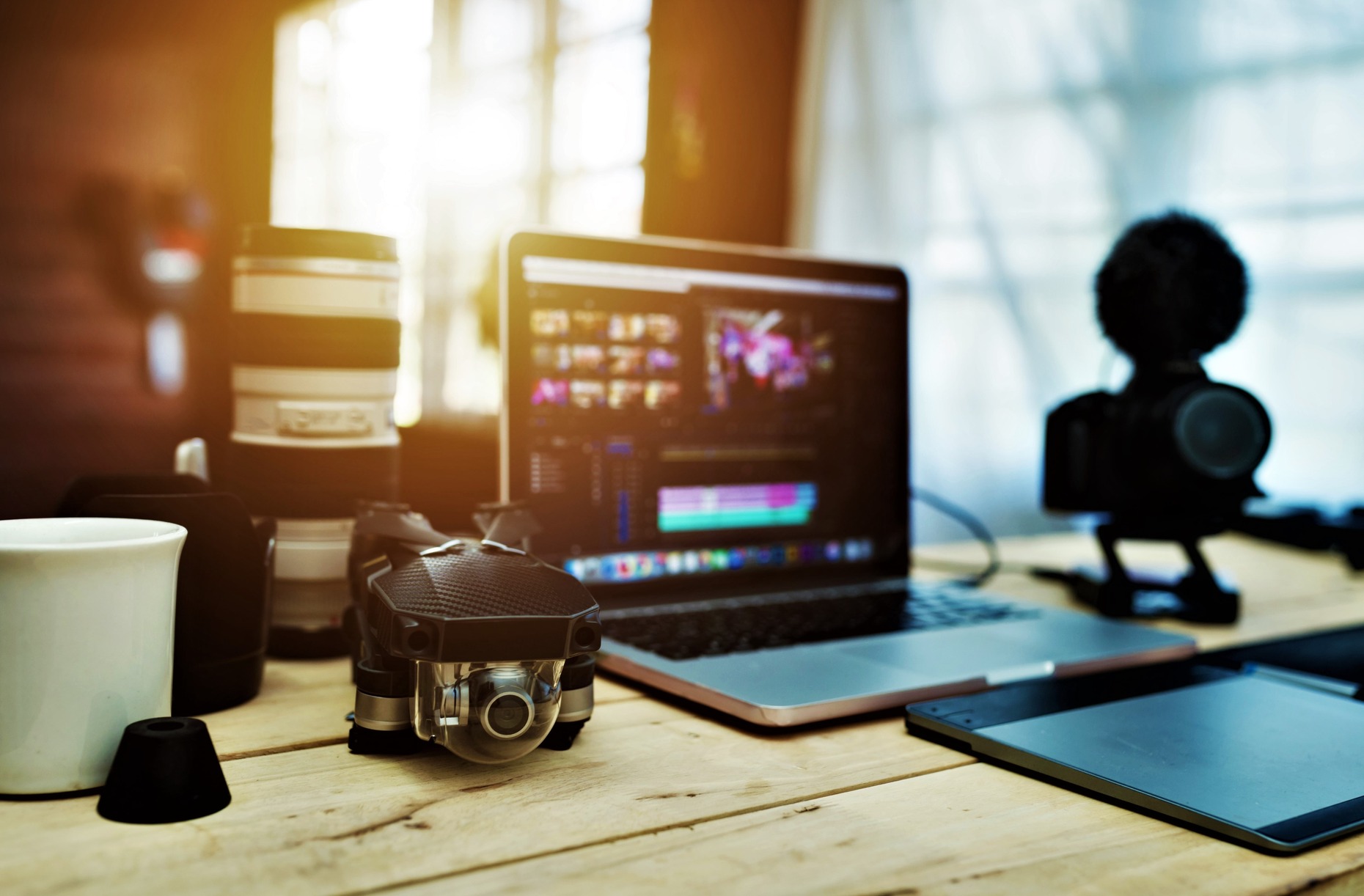
No matter what you choose to do in life, you can pretty much guarantee that there will be extra costs. Drone flying is no different. While you need to consider the cost of the machine itself, there are other expenses that you will be facing if you want to get the best out of your drone.
Extra batteries are one expensive addition that will nevertheless make your flying experience that much better. On top of that, if you’re shooting video, you will need a computer that is capable of handling video editing.
While on the subject, some photo and video editing software like CyberLink – for beginners or intermediates, or Adobe Creative Cloud – if you want professional editing tools, would probably also be a good investment.
Other essential accessories that can end up costing more money include:
Memory Cards: Without a memory card, you won’t be able to capture the photos and video you probably bought your drone to get. The higher the capacity of the memory card, the more images you can capture, but the more you will have to spend. Also, memory cards come in different speeds, and if you plan on recording high-definition videos, you want the fastest memory card you can get to make sure it can keep up.
Lens Filters: There are a variety of different lens filters you can get for your drone’s camera, but one of the most essential is the neutral density filter. This filter helps reduce glare and is also beneficial for maintaining the 180-degree shutter rule, allowing you to capture incredible images and creamy smooth footage with your drone.
Landing Pad: A landing pad provides a stable and clean surface for takeoffs and landings, protecting your drone from dirt, dust, and debris while preventing potential damage during landing.
Propeller Guards: These guards protect your drone’s propellers and prevent damage in case of accidental collisions.
Car Charger: A car charger is invaluable for charging your drone’s batteries on the go, ensuring you have ample power for extended flight sessions.
Sunshade Hood: A sunshade for the controller is essential for maintaining a clear view of your drone’s live feed on the screen, particularly in bright sunlight, reducing glare and reflections.
Strobe Lights: These lights are crucial if you plan to fly your drone at night as they help you maintain the visual line of sight with your drone and also make it visible to other aircraft, ensuring safer nocturnal flights.
Storage Bag: A dedicated storage bag or case protects your drone during transportation and storage, safeguarding it from physical damage and environmental elements.
When you start to add it all up, it’s easy to see how a $1000 drone purchase can quickly turn into a $1500 or more expensive. So try to factor these additional costs into your budget when you’re shopping for your drone.
4. Buy From the Right Place
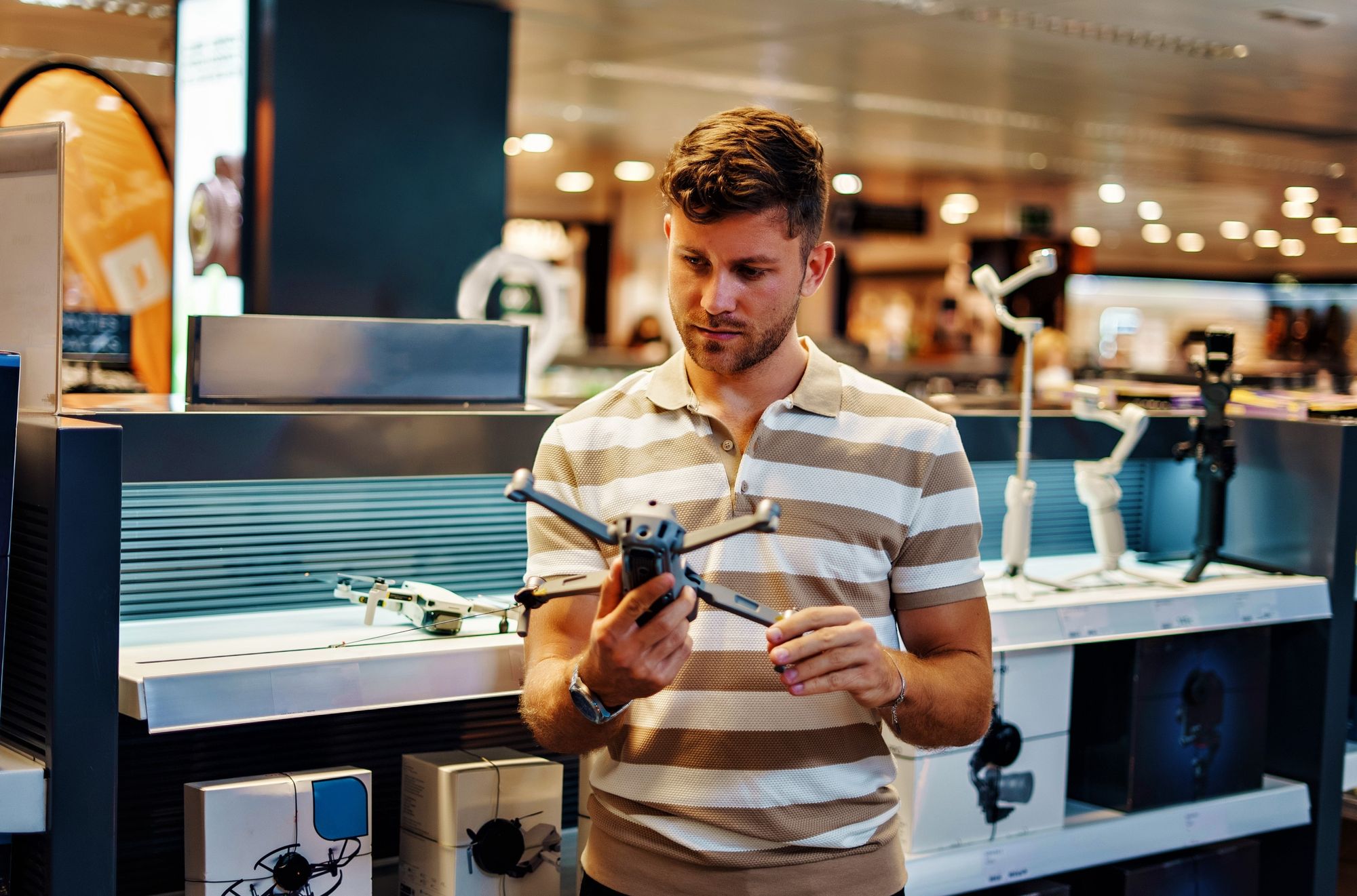
In the world of drone shopping, the choices are vast, and where you make your purchase can significantly impact your experience. Let’s dive into the intriguing realm of online versus offline shopping for drones and explore the pros and cons.
Online vs. Offline: The Pros and Cons
When it comes to buying drones, you won’t be short of options.
Online shopping provides convenience and variety, with competitive prices and the ease of finding reviews from fellow enthusiasts (The more reviews a product has, the more you can trust the overall rating). Plus, not all physical stores can provide the latest models, especially in the case of dynamic brands like DJI & Autel. And the best of all, you can do your shopping on the sofa in your pajamas.
Here’s where online giants shine.
Amazon: The Prime Choice
Amazon is a beacon in the online shopping world. With a vast selection and a reputation for customer-centric policies, it’s a prime choice for drone enthusiasts. Prime members enjoy the benefits of fast and often free shipping, making your aerial adventures just a click away.
Amazon’s user-friendly interface and the convenience of stored payment and shipping information simplify the process. Plus, there’s the possibility of substantial discounts and a 5% cashback rebate with the Amazon credit card to sweeten the deal. If you need to return or exchange a product, Amazon’s liberal return policy ensures you’re in good hands.
And let’s be honest; you probably already have an Amazon account. That means you won’t have to create a new one to buy your drone, and all your payment and shipping details will already be there.
Being an Amazon Prime member also provides you with access to Amazon Music and Amazon Prime Video. It’s features like that that make Amazon one of the world’s top retailers. And even people who kind of hate how Amazon dominates the retail landscape find it hard to avoid shopping there.
Other Reputable Sellers
Aside from Amazon, other trustworthy retailers deserve mention.
B&H Photo-Video, renowned for its expertise in photography and equipment, can provide valuable insights when you’re in need of guidance.
In fact, these are probably the best people to talk to if you have questions. And that’s because the staff here are more than minimum wage retail workers. They are genuine experts and photography enthusiasts, and they know better than anyone the capabilities of the equipment they sell.
They also provide excellent after-sales service, so if you have questions on how to use your drone once you’ve taken it out in the field, you can give B&H a call and get some expert advice in getting the best out of your photo equipment.
Drone Nerds and RC Visions are additional reliable options. Drone Nerds boasts an extensive inventory of drones and parts – in fact, they are the largest and most experienced authorized service center for DJI drones in the United States. They are also an excellent choice if you’re looking for a custom drone solution, as they have the experience and expertise to build a machine just for you.
RC Visions, though with a smaller selection, offers global shipping and a satisfaction guarantee. If you are in the Huntington Beach area, they also host regular events where you can see drones in action and even try a few out for yourself while meeting fellow enthusiasts.
Direct From the Manufacturer
One of the most obvious options for where to get your drone is direct from the manufacturer. In fact, if you’re reading this article from outside the USA, online sellers like Amazon may not be an option for the drones you want, so going directly to the manufacturer may be the best option for you.
The major drone manufacturers usually allow you to buy online and will convert their prices into your local currency, which makes it easy to know what you’re paying.
Ordinarily, we don’t recommend purchasing directly from the manufacturer. That’s because you get the same warranty from the manufacturer no matter where you buy your drone, and online marketplaces like Amazon and B&H often have sales or, in the case of Amazon, cashback deals on credit cards and other benefits to using Prime shipping.
In other words, if you buy your drone from a third-party marketplace, you’ll often find a better deal. But if you are located in a region where that’s not possible, going to the manufacturer could be the best option.
Second-Hand Savvy
If you’re a savvy bargain hunter, exploring second-hand drones on DroneTrader.com can yield significant savings.
However, buying from individuals carries a degree of risk, so exercising caution and conducting a thorough assessment is crucial.
Ensure you thoroughly verify the drone’s condition and scrutinize the seller’s history before committing to a second-hand purchase. By carrying out due diligence, you can uncover hidden gems while safeguarding your investment.
5. Follow Flying Guidelines
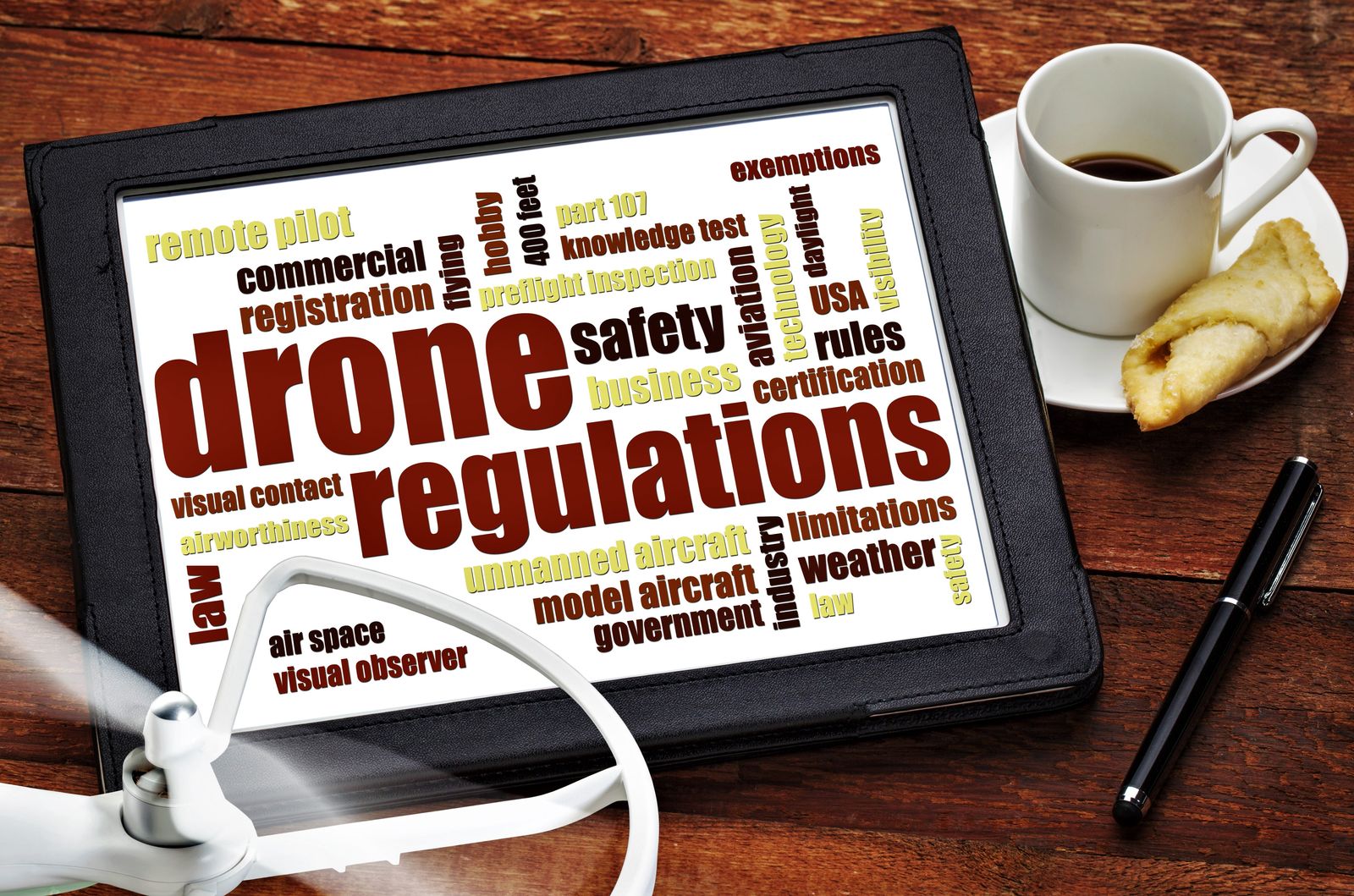
First, a caveat: the information in this section is subject to change. Different jurisdictions within the same country may have different rules regarding drones, and laws have a way of changing. Moreover, since drones are a relatively new phenomenon, the rules around them can be changeable.
Here, we will focus mainly on laws applicable in the United States. And that is tricky enough. However, if you are flying a drone in a country outside the United States, ensure you are up-to-date on all the regulations where you are.
No matter how fun flying a drone can be, it isn’t worth getting arrested over, so make sure you stay within the law before taking a flight.
It’s also important to note that the Federal Aviation Administration regulates the use of drones in the United States. And there are different requirements for recreational drone flyers versus those who use drones commercially.
Requirements for Recreational Drone Flyers
For those pursuing the joys of recreational drone flight, a few important regulations and considerations must be kept in mind:
TRUST Certificate: Recreational flyers are required to obtain the TRUST (The Recreational UAS Safety Test) certificate in order to fly legally. However, this requirement is specifically for recreational drone enthusiasts and is not needed for commercial drone operations, which fall under the PART 107 certificate.
To get your TRUST certificate, you must take a test online offered by FAA-authorized test administrators. It’s a relatively easy test, with no advance prep required. You’ll be provided with all the training materials to look over and then asked questions about what you have just read.
The TRUST test is free to take and should only take around 30 minutes to do online. The idea is to make sure that everyone flying a drone has at least a basic idea of how to do it safely and legally.
Once you’ve passed the test – and you almost certainly will pass the test – you’ll be given a certificate, which you can either print out or save to your mobile phone. Don’t lose the certificate, as you may be asked to provide it by an FAA inspector or other law enforcement official while you are outside flying your drone.
Registration Requirements: In the United States, any drone weighing more than 0.55 pounds must be registered with the Federal Aviation Administration (FAA), and the registration number must be displayed on the drone. (Registration Link)
Additional rules apply for drones weighing more than 55 pounds, but any drone of that size is not for the general public anyway.
The registration fee is a modest five dollars, and it’s valid for three years, so it’s not a significant expense. But it is something you need to be mindful of before you begin flying your new machine. Besides this, recreational pilots also have the convenience of using a single registration number for multiple drones, simplifying the compliance process.
Requirements for Commercial Drone Flyers
When considering the use of drones for commercial purposes, a higher level of responsibility and adherence to regulations is paramount. Commercial activities encompass services like aerial photography and videography, inspections, making commercial films and music videos, and anything else you hope to make some money from.
Registration Requirements: Commercial drone operators must also register their aircraft with the FAA, but the specifics differ from recreational registration.
Importantly, commercial drone operators must register under the commercial drone flight option, which you can choose when registering your drone as a Part 107 pilot. Additionally, registration is mandatory for all drones going to be used commercially, regardless of their size or weight.
On top of this, every drone you use commercially has to be registered separately – and paid for accordingly. This is different from recreational registration, where one registration can cover multiple drones. It costs five dollars to register each drone commercially, so it shouldn’t break the bank, but it’s something to be aware of.
PART 107 Certificate Requirement: To operate a drone commercially, one must pass the FAA’s PART 107 knowledge test to obtain a commercial drone pilot certificate.
The requirements to pass this test are much more stringent than the TRUST test. For a start, this test has to be taken in person at an FAA-certified testing center. Plus, this test isn’t as easy. Because here, you won’t be able to take just a quick glance at the study materials and then start answering questions right away.
Instead, this test has 60 questions that will explore your knowledge of drone flying and aviation issues more extensively. It covers various aviation topics, including reading maps and sectional charts, the national airspace system, meteorology, airport procedures, etc.
If you’re just starting out, you probably don’t have the knowledge of these subject areas. Also, bear in mind that it costs $175 to take this test. And if you fail, you won’t be refunded that money. Therefore, this is a test you want to make sure you pass the first time.
We know it can be overwhelming trying to learn everything they expect you to know by yourself, which is why it’s essential to undertake some specialized training to learn what you need to know.
That’s why we suggest enrolling in the Part 107 Drone License Course offered by Pilot Institute. This comprehensive course can be taken entirely online and is designed to equip you with the knowledge and skills needed to pass the exam successfully. Furthermore, it comes with a money-back guarantee, which means Pilot Institute will refund the full course fee plus the $175 test fee for the Part 107 examination if you fail on the first try.
But unless you’re planning to become a professional drone pilot, you probably don’t need to worry too much about the rules and regulations that apply to commercial drone flyers.
However, even for someone who is just flying for fun, there are some rules to keep in mind. Again, these will vary from one jurisdiction to the next, but some guidelines seem to be fairly universal. Use your common sense, and if in doubt, err on the side of caution.
- Keep your drone in sight at all times.
- Keep your drone below 400 feet from the ground.
- Don’t fly near other aircraft, and stay well away from airports.
- Don’t fly over sports stadiums or emergencies such as fires.
- Don’t fly over government facilities.
- Don’t fly too close to people or moving vehicles for their safety and for the safety of your drone. (A good rule of thumb is to keep your machine at least 25 feet away from other people and traffic.)
- Ensure you have anti-collision lighting (strobe lights) on your drone if you will be flying during twilight or later (These are crucial to make sure other aircraft can see your drone and avoid it if necessary).
- Be aware that drones are banned from national parks and from much of Washington, D.C., for security reasons.
In short, make sure to fly your drone in a way that doesn’t cause disruption to other people, whether they are flying or on the ground. And if you do find yourself approached by law enforcement while flying your drone, be polite and respectful.
The rules around using these devices are very new, and everyone’s still trying to figure them out. If the police tell you to stop flying in a particular area, listen to them. Getting your drone shot out of the sky might make for an incredible story, but it’s a costly lesson to learn.
Besides this, be aware of no-fly zones around airports and military facilities. Some drones even have a building capability to detect no-fly zones and will not allow you to fly them there.
To help you out, there are also some good apps that can tell you where you shouldn’t fly your drone. Drone Buddy covers most countries around the world, while B4UFly is very useful in the United States.
6. Drones Are Easy to Crash
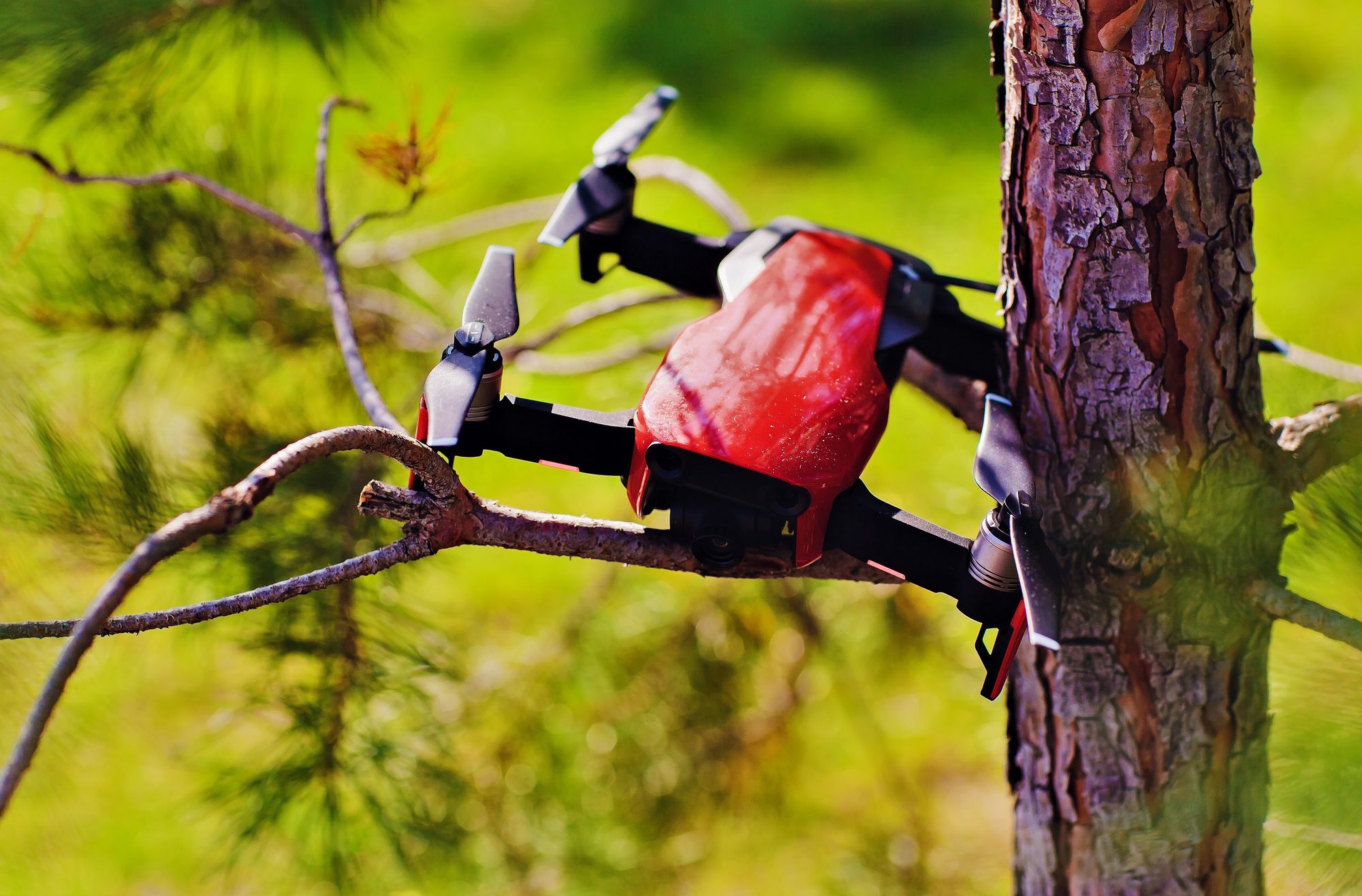
There’s no excitement without risk. Unfortunately, crashing a drone is a very real possibility. It happens a lot, especially to inexperienced pilots. But you can minimize the chances of costly damage to your drone by being careful about when you fly.
Firstly, pay attention to weather conditions.
Drones need to be lightweight to fly, but that makes them very vulnerable to wind. Small drones should not fly when the wind is over 10 mph, and even heavier drones shouldn’t go out if the wind is over 20 mph.
Secondly, avoid flying your drone at night. Even if your drone has lights that let you see it, they won’t let you see any potential hazards, such as trees or power lines.
Calm, clear days are always the best choice for drone flying. Clear skies give the greatest visibility. Besides, it’s more pleasant to stand outside on a nice day. Additionally, we would also recommend opting for drone insurance as it’s a vital component of responsible drone ownership and provides peace of mind for drone pilots.
While additional coverage options like DJI Care and Autel Care can protect against accidents and damage to your drone, they often focus solely on your equipment. However, the scope of drone-related accidents and incidents can extend far beyond just your drone.
Drone accidents can result in damage to property or injury to people. Comprehensive drone insurance, unlike manufacturer-provided coverage, extends to cover third-party property damage and bodily injury. In many countries, drone operators may be legally required to have liability insurance for their drones, especially when flying for commercial purposes.
Drone insurance companies such as Skywatch AI offer customizable coverage options, allowing you to tailor your policy to your specific needs. This includes coverage for different drones, usage scenarios, and coverage limits.
Over and above that, in order to avoid accidents and improve your flying skills, also consider investing in proper training. The Pilot Institute Drone Flying 101 Course is an excellent start for absolute beginners. This comprehensive course covers the fundamentals of drone operation, safety procedures, airspace regulations, and practical flight training.
7. Learn About Sensors
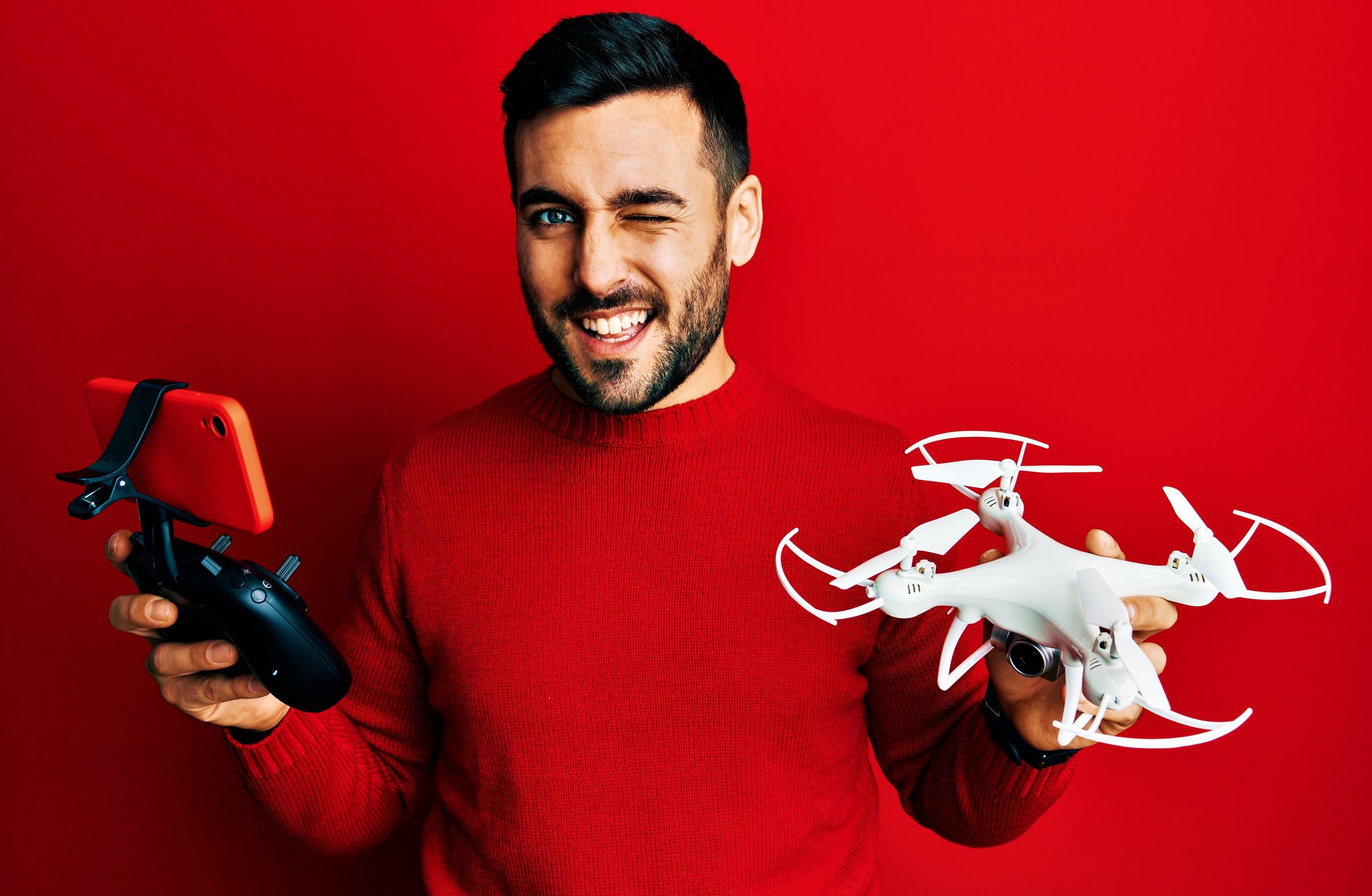
To fly properly, drones use a wide range of different sensors. This is why they can often seem very expensive, especially at the higher end of the price range. But it’s the sensors that make drones relatively easy to fly for beginners.
So, you should get to know what sensors your drone has, what they are designed to do, and what the limitations are. Knowing what your drone is capable of – and not capable of – could save you a costly crash.
The sensors in your drone can be affected by your environment, distorting the information they receive and leading your drone to behave in unpredictable ways.
A malfunctioning sensor has been the cause of heartbreak for many drone pilots before you!
Read more: How to Get a Drone Out of a Tree?
-
GPS Receiver Interference
To stay in the air, your drone needs to know where it is.
This is especially important if your drone has a Home function. Because in case it loses the signal from your transmitter, the drone will use its onboard GPS to guide it back to where it started from. But we all know that GPS signals can be lost.
This happens when the GPS receiver doesn’t have a direct line of sight to a sufficient number of satellites to guide it. And usually, it leads to your drone flying away and crashing somewhere that may be miles away from where you are.
Tall buildings are often the culprit here, but mountains can also interfere with the GPS signal. Flying your drone indoors will also cut off the GPS signal. But if you’re flying indoors, you should stay close enough to your drone that it doesn’t get lost.
-
Compass Interference
Your drone needs to know the difference between North and South to use GPS effectively. So, drones come with a built-in compass. But any 18th-century sailor will tell you that compasses are prone to interference.
Because a compass uses the earth’s magnetic field to tell it which direction is North, any source of magnetism can interfere with your machine’s compass. So basically, any metal.
Small metal objects usually aren’t enough to interfere with a compass. However, large quantities of metal can be. So, if you’re flying your drone through a scrapyard, expect it to get lost.
If the drone loses its sense of direction, it will often start to fly in circles that become more and more erratic. This is known as the toilet bowl effect.
If you see your drone behaving in this way, land it immediately. In addition, you may need to recalibrate the sensors to overcome the magnetism that is affecting your compass.
Best Drones for Beginners – Our Top Recommendations
If you’ve ever watched someone trying to order a sandwich at Subway, you’ll have a good idea of what too much choice does to the human brain. But choosing a drone is a far bigger financial investment than deciding what to have on foot-long meatball marinara.
Luckily, we’re here to help. If you’re looking to choose your very first drone, here are our recommendations:
1. DJI Mini 4 Pro – Editor’s Choice
The DJI Mini 4 Pro is a game-changer in the world of drones.
Weighing in at just under 250 grams, it doesn't require FAA registration for recreational use, making it a hassle-free choice for enthusiasts and beginners alike. We've designated it as our Editor's Choice for several compelling reasons.
The standout feature of the DJI Mini 4 Pro is its camera capabilities. It’s not an exaggeration to say that this compact wonder punches above its weight class. With a remarkable 4K true vertical filming ability (camera rotates 90 degrees to provide photos and videos in portrait orientation), it’s tailor-made for social media content creators, influencers, vloggers, and those who are just starting their journey into the realm of aerial photography.
The secret to the drone’s excellent camera is its Type 1/1.3 Quad Bayer CMOS image sensor. The camera also features several different recording modes that can help you capture the footage you want, including 10-bit 4K30, 4K60, and 4K100 (or 1080p at 200fps) for slow-motion shots. Additionally, there are two new color profiles present: HDR HLG in a Rec.2020 color space and a flat D-Log M profile, allowing your complete control over the footage you capture.
The sensor gives the camera a resolution of up to 48 megapixels, making your photos high enough resolution for almost any use you have in mind. Besides this, the camera features a focal length of 24 mm, which makes it great for capturing the wide-angle shots you’ll need from your drone, and has an aperture of F1.7. Furthermore, it also has a night mode, which makes it perform well (but not better than Mavic 3 Pro) in low-light scenarios, thereby allowing you to get excellent shots even at night. In other words, capturing stunning, high-resolution footage has never been easier.
The Mini 4 Pro’s compact design makes it incredibly portable, allowing you to take it on your adventures effortlessly. Talking about the flight performance of Mini 4 pro, this drone is a breeze to pilot, making it an excellent choice for beginners. It’s responsive, stable, and has helpful features like omnidirectional obstacle avoidance, ensuring your flights are smooth and free from collisions.
Over and above that, the DJI Mini 4 Pro can reach speeds of up to 35 mph in sports mode or 26 mph in regular mode. It can also withstand winds up to 24 mph, which is impressive considering its light weight. On top of this, the drone features different smart shooting modes like FocusTrack, MasterShots, QuickShots, Waypoint, Cruise Control, Hyperlapse, and Panorama.
While the Mini 4 Pro is a stellar performer, it does have some limitations that prospective buyers should consider. Its battery life is not extensive and provides roughly 28 minutes of flight time in real-world conditions, which is quite common for drones in this weight class. Also, while the camera performance is impressive for its size, it may not match the quality of higher-end models. If you’re looking for top-tier performance, you might want to explore DJI’s other offerings, like Mavic 3 Pro. However, for the majority of enthusiasts, the DJI Mini 4 Pro is a fantastic choice. And its affordability and beginner-friendly design more than compensate for its drawbacks.Check Best PriceRead Customer Reviews
- Available at a wallet-friendly price.
- Compact and portable design.
- Beginner-friendly with a user-friendly interface.
- 4K 100fps slow-motion capture, providing stunning action footage.
- Exceptional 4K vertical filming capability, ideal for social media content.
- Features like omnidirectional vision sensing and D-Log M color profile for superior filming.
- Weighs under 250 grams, so it doesn’t require registration if you fly just for fun.
- While its camera performance is impressive, it doesn't match the quality of higher-end models.
- Limited battery life, typical for drones in this weight class. (The extended battery option takes the drone's weight slightly over the cutoff for FAA registration.)
Final Verdict
In the world of drones, the DJI Mini 4 Pro stands as a remarkable choice. It effortlessly balances performance, portability, and camera capabilities, making it our Editor’s Choice. This drone is perfect for budding photographers, social media enthusiasts, frequent travelers, and beginners eager to dive into aerial photography.
2. DJI AIR 3 – Runner-up
The DJI AIR 3 occupies a unique space in the world of drones.
It's a stepping stone between beginner-friendly models and professional-grade drones, offering an enticing blend of performance and convenience. This drone is a solid choice and could easily have been our top pick were it not for one important consideration (More on this later).
The dual-camera setup on the DJI AIR 3 provides you with versatility when it comes to capturing your aerial shots and opens up a world of creative possibilities.
The two cameras consist of one wide-angle camera and a medium telephoto camera. The wide-angle camera features a 1/1.3” CMOS sensor, giving it an effective focal length of 24 mm. This camera also features an aperture of F1.7, which makes it ideal for low-light shooting.
The telephoto lens features the same sensor but offers 3x optical zoom, allowing you to get closer to your subjects without risking your drone. It has the equivalent of a 70 mm focal length and an aperture of F2.8, which is pretty impressive for a zoom lens.
Both cameras have the same 48-megapixel resolution and support output of 4K high-resolution video up to 100 FPS, whereas 1080p can be shot at up to 200 fps.
The Air 3 also offers a vertical shooting option to provide you with videos ready for upload to social media. However, it’s important to note that the camera doesn’t rotate to achieve this. Instead, it crops the footage; as a result, here, you won’t be getting the same resolution as you would with a rotating camera of drones like DJI Mini 4 Pro or DJI Mini 3.
Its fully-charged battery will give you a flight time of around 40 minutes, although this can vary depending on temperature, weather conditions, and how you fly your drone. Impressively, the top-flight speed is a whopping 47 mph, which is unbelievably quick.
This drone offers a smooth flying experience with its advanced features. The all-around obstacle avoidance provides peace of mind during flights, as you won’t have to constantly worry about potential collisions. Plus, it boasts other intelligent filming modes like Night mode, Spotlight, Point of Interest, ActiveTrack 360°, QuickShots, MasterShots, Timelapse, and many more. For those looking to elevate their photography and videography game, the DJI AIR 3 is a commendable choice.
The new and improved charging hub is another smart addition, making the Air 3 stand out from the competition. The battery life of this drone is already almost double that of the predecessor, DJI Air 2. Still, the charging hub helps take that battery life to the next level by enabling the efficient transfer of remaining power from multiple batteries to a single one.
The only reason the DJI AIR 3 isn’t our top pick is its weight. At 720 g, this drone is significantly heavier than the Mini Pro 4. It’s more than heavy enough that it exceeds the FAA’s 250-gram limit, so you’ll have to register the Air 3 to fly it in the United States. While this isn’t a significant hurdle, it’s a consideration for those looking for a drone that doesn’t require FAA paperwork. If you’re prepared to handle the registration process, the DJI AIR 3 is an exceptional choice that bridges the gap between professional and beginner drones.Check Best PriceRead Customer Reviews
- Reasonably priced for a dual-camera drone.
- Dual cameras provide versatile filming options.
- Various shooting modes are available.
- The vertical shooting option provides videos for social media.
- Omnidirectional obstacle avoidance enhances flight safety.
- Excellent battery life - provides up to 40 minutes of flight time per charge.
- Charging Hub streamlines battery management.
- Requires FAA registration due to its weight.
Final Verdict
The DJI AIR 3 occupies a unique space in the world of drones, and it’s an ideal companion for photography and videography enthusiasts, advanced hobbyists, and those who want a reliable drone with a balance of features and cost. While it’s not the most budget-friendly option like DJI’s more affordable Mini 3 or Mini 4 pro, it’s a great stepping stone for those looking to explore professional drone operations.
3. DJI Mavic 3 Pro – Premium Pick
If you're aiming for the pinnacle of drone performance and are willing to invest in quality, the DJI Mavic 3 Pro is the premium pick for you.
It's an exceptional drone designed for professionals and enthusiasts who demand nothing but the best.
The Mavic 3 pro has set a new standard in aerial photography with its groundbreaking camera system. It’s the world’s first triple-camera drone, and each camera offers unique capabilities that cater to a wide range of photography and videography needs.
So whether you plan on capturing wide landscapes, distant subjects, or detailed close-ups, this drone has you covered with its versatile camera trio. It’s a game-changer for aerial photographers and videographers, setting a new benchmark for image quality and creative possibilities.
The primary Hasselblad camera is the star of the show, featuring a wide-angle lens with a 24mm focal length and an adjustable aperture ranging from f/2.8 to f/11, which provides flexibility in controlling exposure and depth of field. And what sets it apart from the competition is its generous 4/3 sensor size, making it the largest among drones on the market. This means it excels in low-light conditions and captures stunning details.
With a remarkable 20MP photo resolution, it delivers crisp and vibrant images. Regarding the video, it offers various resolutions up to 5.1K in Normal, HLG, and 10-bit D-Log M color profiles, ensuring breathtaking cinematic footage.
The 3x medium telephoto camera with a 1/1.3-inch sensor has a 70mm focal length and a fixed f/2.8 aperture, which makes it perfect for capturing subjects at a distance with incredible clarity. It’s versatile and complements the primary camera, allowing you to achieve different creative angles. This camera has a 48MP photo resolution and excels in video capture, providing options for 4K and FHD at up to 60fps in Normal, HLG, and D-Log M profiles, offering smooth and detailed recordings.
The 7x telephoto camera utilizing a 1/2-inch sensor takes things a step further, with a whopping 166 mm focal length and a fixed f/3.4 aperture. This camera is ideal for extreme zooming, enabling you to get up close to subjects that would otherwise be impossible to reach. While it has a 12MP photo resolution, it doesn’t disappoint in the video department. It offers 4K and FHD up to 60fps in a normal color profile, which is perfect for wildlife enthusiasts and those looking to capture distant landscapes.
DJI Mavic 3 Pro takes drone flight to a whole new level with its advanced flight performance and full 360-degree obstacle avoidance technology. It offers a remarkable flying experience, ensuring you have the control and safety you need to capture exceptional shots.
Read more: 7 Best Drones That Follow You Automatically
On top of that, this drone boasts a multitude of cutting-edge technologies like Advanced Return to Home, GEO 2.0 geofencing, ActiveTrack 5.0 for subject tracking, Cruise Control, and numerous automated flight patterns, making it a top-tier choice for both professional photographers and hobbyists looking to capture stunning aerial content.
The Mavic 3 Pro impresses with an extended flight time, offering an astounding 43 minutes of aerial exploration on a single charge. This extended battery life ensures more time in the air, allowing for capturing diverse and dynamic shots without frequent interruptions.
In terms of speed, this drone can reach up to 21 meters per second (around 46.9 mph), making it agile and nimble for dynamic aerial maneuvers and fast-paced shooting situations. Despite its remarkable capabilities, the Mavic 3 Pro maintains a manageable weight of 958 grams, ensuring it remains highly portable and easy to transport, making it an ideal companion for on-the-go photographers and videographers.
The main drawback of the Mavic 3 Pro is its price point. It’s significantly more expensive than other drones on this list, making it a substantial investment. While it’s undoubtedly worth every penny for professionals and enthusiasts who demand top-tier performance, spending so much money may not be necessary if you only plan to use your drone recreationally. Additionally, the extensive feature set can be overwhelming for those who are new to drone piloting. However, if you’re ready to take your drone operations to the next level, the DJI Mavic 3 Pro is one of the best consumer drones currently available on the market.Check Best PriceRead Customer Reviews
- It offers excellent value for the price.
- Triple camera setup for exceptional performance.
- The primary camera features a four-thirds sensor with Hasselblad color science.
- Up to 5.1K30 or 4K120 video, along with multiple shooting modes.
- Advanced flight performance and 360-degree obstacle avoidance
- Offers subject tracking even at 7x optical zoom.
- Countless cutting-edge features for an immersive flying experience.
- Excellent for professional applications like photography and videography.
- Available at a higher price point compared to other models on this list.
- Only the pricey Cine model supports Apple's ProRes encoding format.
Final Verdict
The DJI Mavic 3 Pro takes the title of our Premium Pick and for a good reason. It offers excellent value for the price, providing an unparalleled experience, and is designed for professionals aiming to monetize their skills and enthusiasts who demand nothing but the best. All in all, it’s an ideal choice for those who prioritize quality and have the budget to match.
4. DJI Mini 3 – Budget Pick
The DJI Mini 3 is the budget-conscious consumer's dream drone.
It's a cheaper and more capable option, perfect for capturing cherished moments with your family and friends. If you're not looking to spend a truckload of money but still want a reliable drone, this is a great choice.
The Mini 3 is especially good for beginners because it allows you to test out drone flight without spending a ton of money. If you find yourself enjoying the experience of flying with this drone, you can always choose to invest more money and upgrade to a better model.
But at the same time, the advanced features of this model mean you won’t have to upgrade straight away. In fact, if you’re a recreational user, this drone may be all you need to have fun in the sky without spending a fortune.
While it may not have the high-end camera capabilities of its more expensive counterparts, the Mini 3 still delivers a good camera performance. The camera features a 1/1.3-inch sensor with a 24mm equivalent focal length alongside a fixed f/1.7 aperture, which is remarkable for a drone of this category. It offers a photo resolution of up to 12 megapixels, ensuring satisfactory performance and vibrant images for enthusiasts and beginners alike.
Regarding the video, the DJI Mini 3 provides different resolution options, including Full HD (1080p), 2.7K, and 4K at various frame rates, ensuring smooth and clear video footage. While the video profile options are limited to “Normal,” the camera’s performance still impresses for its size.
Besides this, the Mini 3’s camera introduces the innovative “True Vertical Shooting” feature, enabling effortless capture of vertically oriented content. It’s well-suited for capturing memories and moments for sharing on social media, making this model an excellent choice for family adventures and special occasions.
QuickShots, a feature well-loved by DJI enthusiasts, offers a variety of automated shooting modes, such as Dronie, Helix, Rocket, Circle, and Boomerang, allowing you to effortlessly capture cinematic footage with professional-looking results.
Over and above that, the DJI Mini 3 also incorporates a couple of safety features, including Return-to-Home functions and advanced GPS capabilities, making it an excellent choice for both hobbyists and novice drone pilots.
This drone lets you stay in the air for up to 30 minutes on a single charge in real-world situations. In terms of speed, the Mini 3 offers a maximum speed of approximately 35 mph. While not the fastest in the market, this speed strikes a harmonious balance between flight agility and control. With a weight of just under 250 grams, it falls within the regulator-friendly sub-250g category. This lightweight design not only exempts it from certain aviation regulations in many regions but also ensures portability and ease of transport.
The DJI Mini 3 also has some limitations, particularly in terms of safety features. It lacks obstacle avoidance sensors, increasing the risk of accidents during flight. Still, it’s not particularly difficult to operate, especially if you played video games in the past. And isn’t the element of risk part of what makes flying so fun? Its range and flight time are also more limited than higher-end models, so it’s not ideal for long-distance or extended flights. Additionally, advanced features like Focus Track Suite, MasterShots, and Hyperlapse are missing, which may not be a significant drawback for those who prioritize budget over advanced capabilities. Considering everything, if you’re looking for an affordable drone to capture memories and enjoy simple flights, the DJI Mini 3 is a strong contender.Check Best PriceRead Customer Reviews
- Available at an affordable price point for budget-conscious buyers.
- User-friendly and approachable for beginners.
- Compact and easy to transport, ideal for travel and adventure.
- It has good enough camera quality for capturing memories.
- Remarkable true vertical video shooting capability.
- Quickshots automated flight patterns deliver cinema-grade results.
- Lightweight under 250g airframe means registration-free flight and far fewer restrictions.
- No obstacle avoidance sensors, increasing the risk of accidents.
- Limited range and flight time compared to higher-end models.
- Lacks advanced features like ActiveTrack and hyperlapse.
Final Verdict
The DJI Mini 3 is our Budget Pick, offering an economical and user-friendly option for those who want to capture memorable moments. This drone is perfect for budget-conscious buyers, families looking to document their adventures, and hobbyists who want to get started on their drone journey.
5. Ruko F11 Mini – Best Toy Drone
The Ruko F11 Mini is an excellent starting point for youngsters and those who want to dip their toes into the world of drone piloting without breaking the bank.
While it may not offer professional-grade cinematography, it's a fun and educational tool for beginners.
The key to enjoying this drone is to understand what it’s for. At this price point, you shouldn’t expect advanced features and high capability. This is a toy, and it makes no apologies for that.
The Ruko F11 Mini drone boasts a UHD camera that captures stunning 4K photos and delivers impressive 2.7K video footage at 25 frames per second. However, it’s important to note that this mini drone lacks a gimbal, which we found made for some slightly jerky footage in our tests. While this might not meet the standards of professional videographers, it’s a reasonable compromise given the drone’s wallet-friendly price point.
Beyond the camera, the F11 Mini offers several useful features. It comes with an automatic takeoff and landing function, making it easy for beginners to get their drone in the air and safely back on the ground. And the hover-in-place feature allows for stable and controlled flight, enhancing the user experience. Additionally, it offers GPS follow me and return to home functions.
During our testing, we found these features were not that perfect when compared with other sophisticated drones on this list. But still, they should suffice for entry-level users who are just getting started in the world of drones.
In terms of flight performance, this drone by Ruko provides a maximum flight time of around 18 to 20 minutes under real-world conditions. Its top speed of 15 mph is suitable for capturing scenic aerial shots. Furthermore, the drone falls within the sub-250g category, making it friendly with aviation regulations.
Of course, the F11 Mini has its limitations. Its camera capabilities and advanced features are limited, so it’s not suitable for professional photography or videography. Meaning that this drone won’t provide the cinematic shots you see in high-end productions. It’s more of a fun toy for learning and experimenting with drone piloting. While it’s a great starting point, you may outgrow it as you develop your skills and interests in drone piloting. However, it’s a valuable training tool for beginners who want to get a feel for flying drones and understand the basics before moving on to more advanced models.Check Best PriceRead Customer Reviews
- Affordable and accessible for entry-level users.
- Excellent build quality, considering the low price.
- Compact and lightweight, perfect for travel and outdoor adventures.
- Provides an introduction to flying drones and their operation.
- Great when it comes to learning the basics of drone piloting.
- Offers extended flight time with two batteries.
- It weighs under 250 grams, meaning it can be flown without registration in many regions.
- Limited camera capabilities and advanced features.
- It is not designed for professional photography or videography.
- It may require upgrading to a more advanced model for complicated tasks.
Final Verdict
The Ruko F11 Mini earns its place as the best toy drone, serving as an excellent introduction to the world of drones. It’s an affordable way to discover if you would enjoy drone piloting and getting a taste of how these fascinating machines operate.
Conclusion
There’s a lot to think about when buying a drone. It’s not as simple as wandering into the store, picking up a box, and starting to fly.
You need to consider all the factors above, both before you make a purchase decision and afterward when you begin to operate your new drone. With so much to think about, it may seem as though this new hobby is starting to look more like a job. But any significant purchase requires a little bit of research beforehand.
When it comes to choosing the drone that’s right for you, take a look over our list and reviews of the five best drones for beginners. You’ll see that each has its own strengths and weaknesses. And don’t let the wealth of information overwhelm you; in fact, it’s your best ally.
The main part of the key to discovering the best run view is to get a good understanding of what you want your drone to do. Plus, always remember that it’s important to stay within your budget. It’s no good having a great drone if you can’t afford to pay your rent.
Think about what you will be using your machine for and where you will be using it. For instance, if you reside in a bustling city close to an airport, your drone requirements will differ from someone living in a spacious rural setting. Regardless of your circumstances, there’s undoubtedly a drone tailored to you; your task is to uncover it. And you’ll be glad you took the time once you’ve picked the perfect machine for you.
So embrace the opportunity for adventure, take flight, and explore the world from an entirely new perspective. Happy droning!


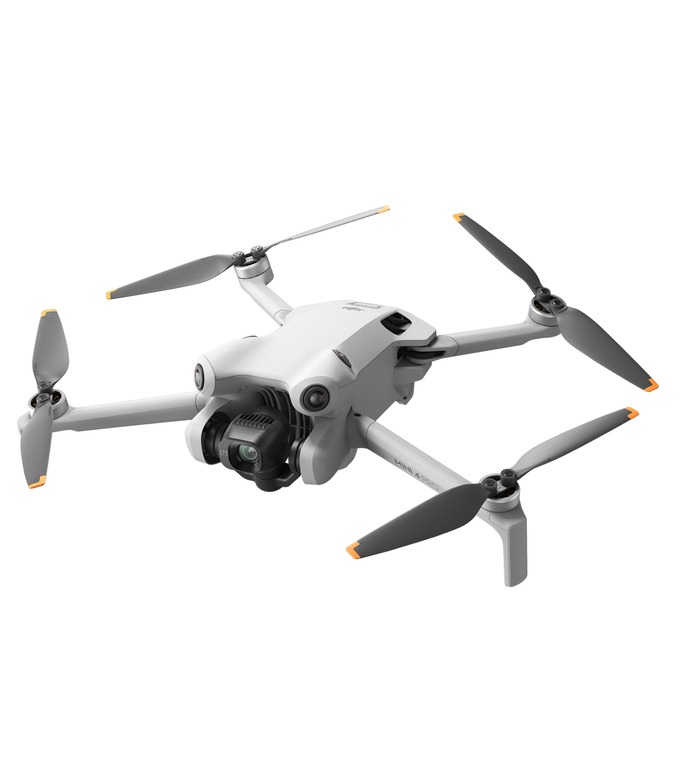
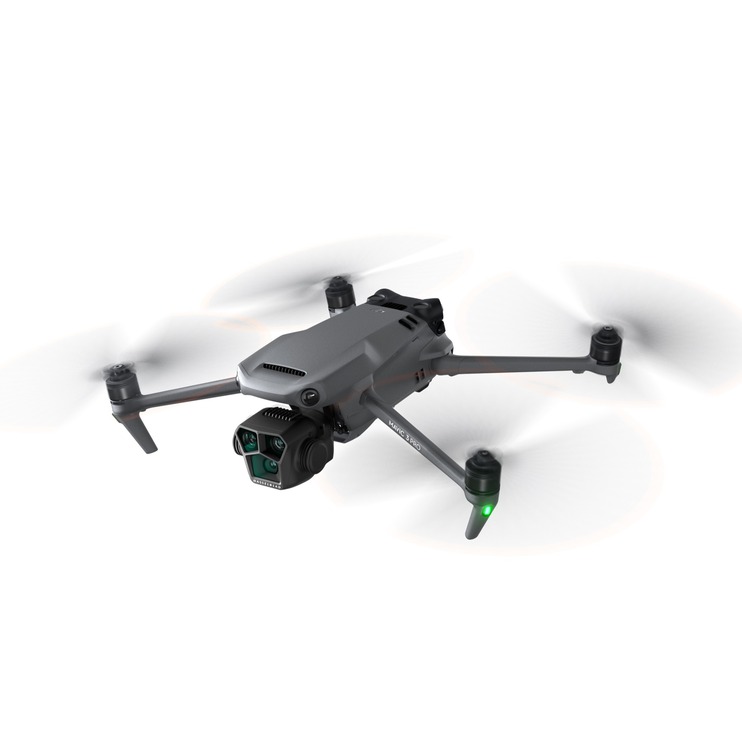
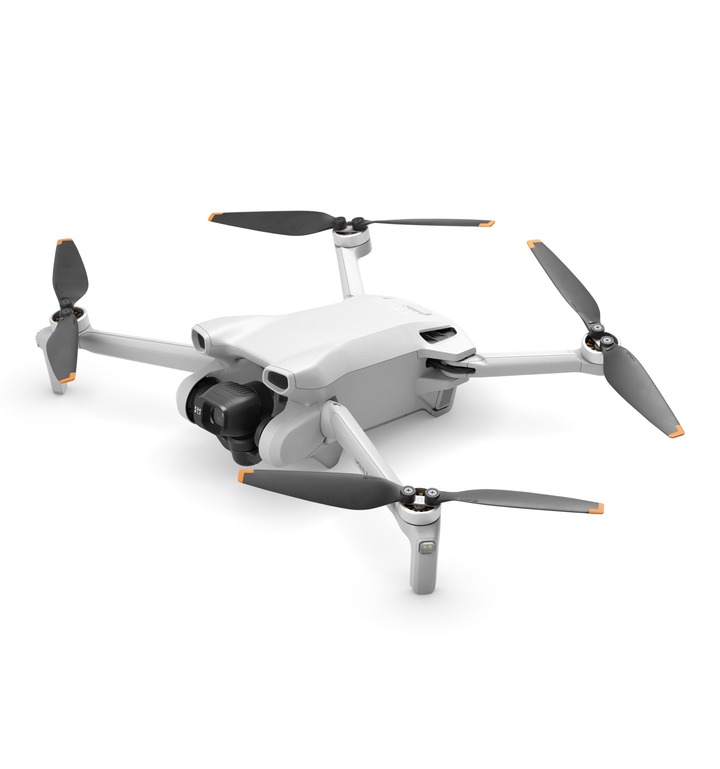
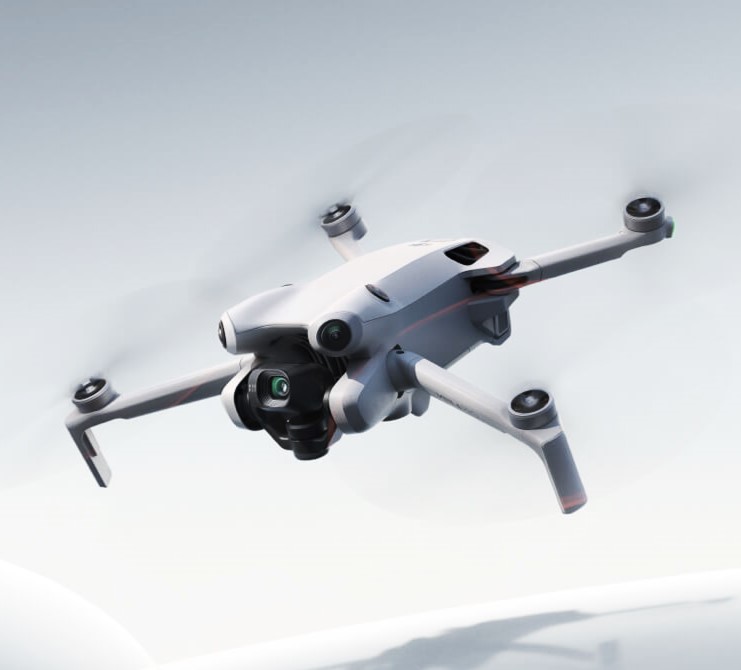
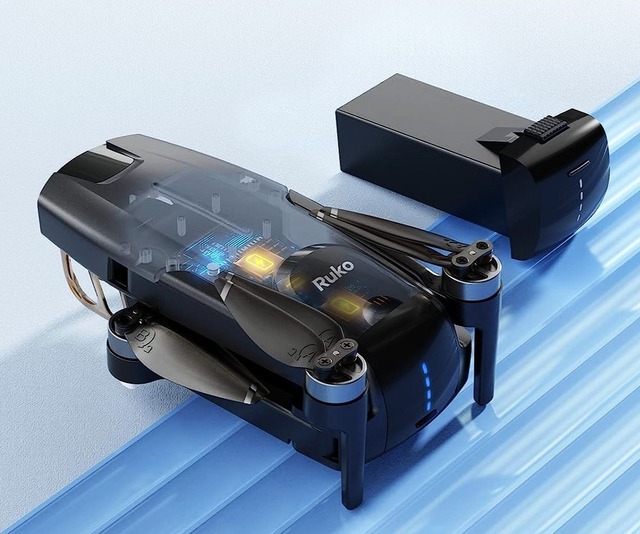
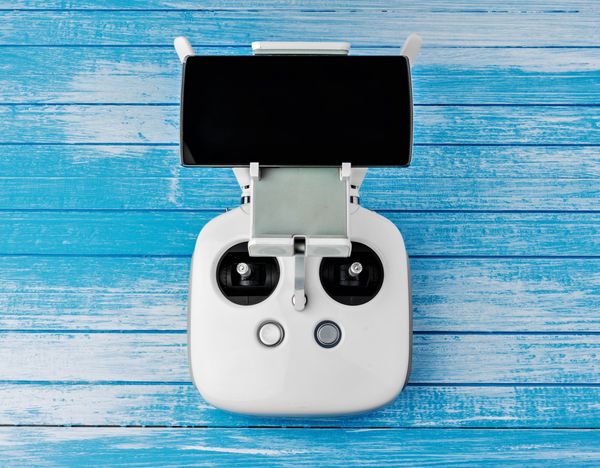

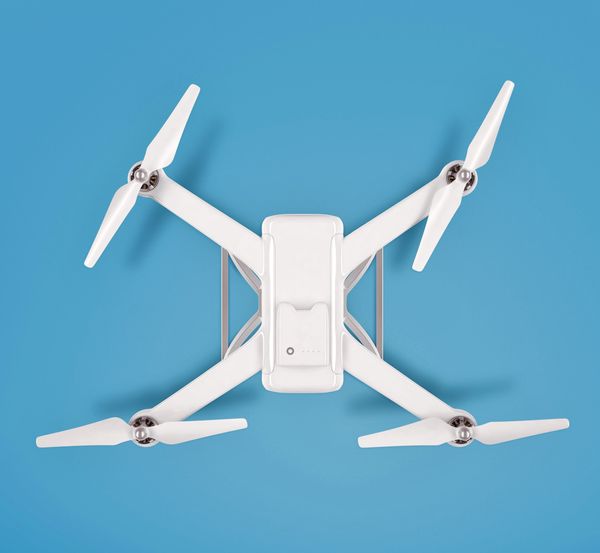
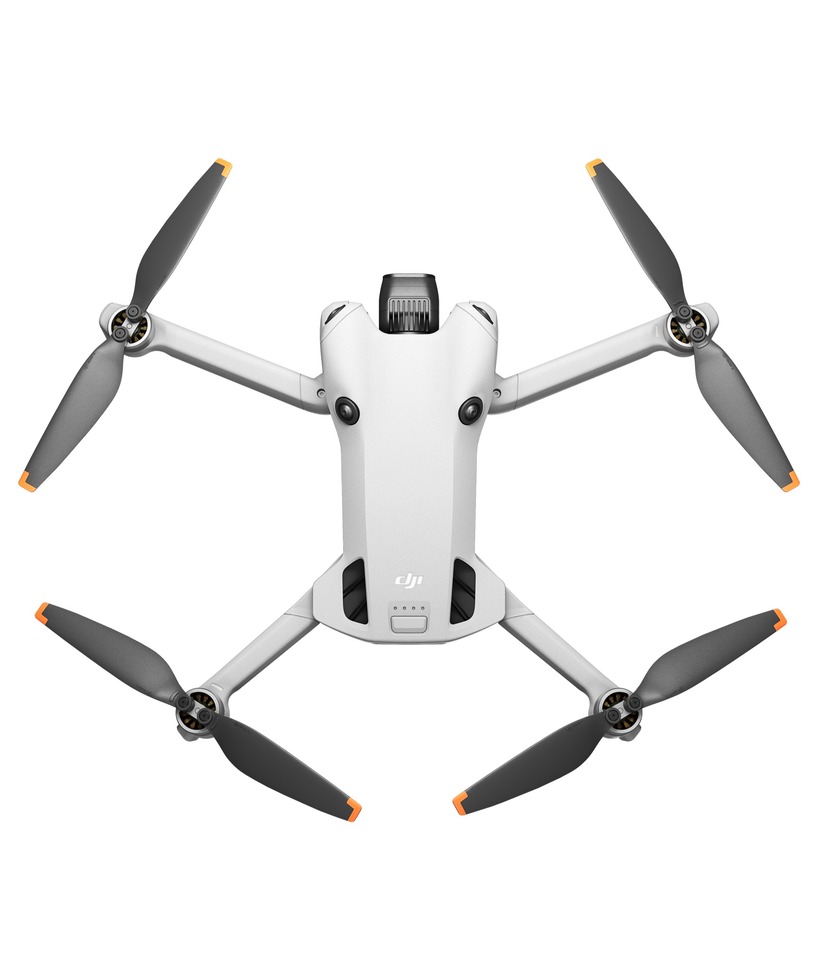
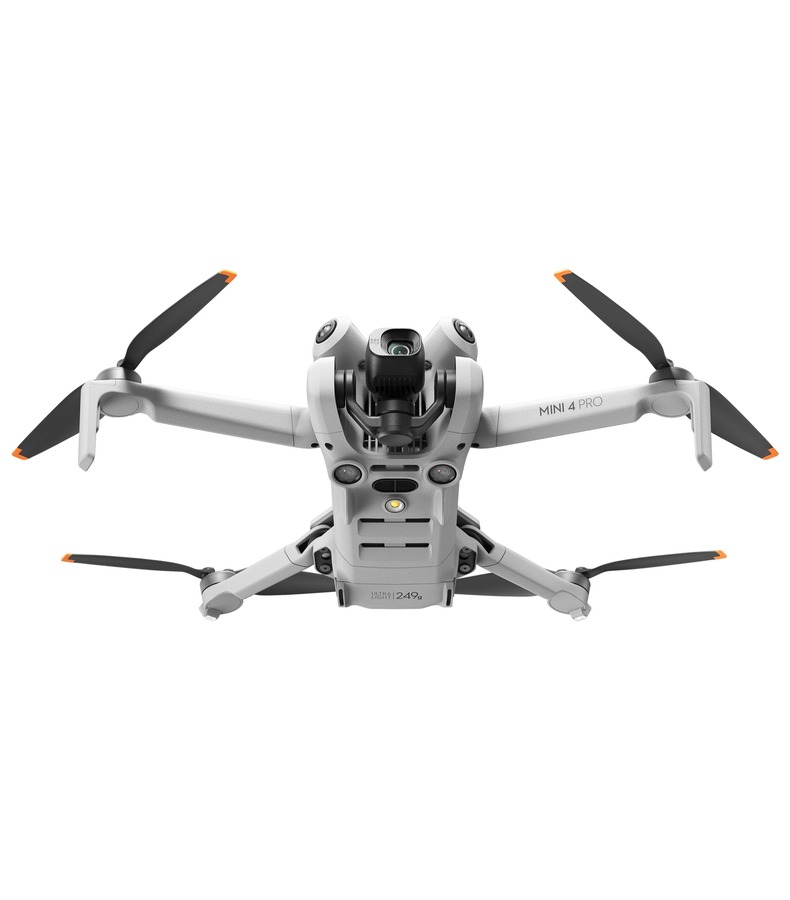

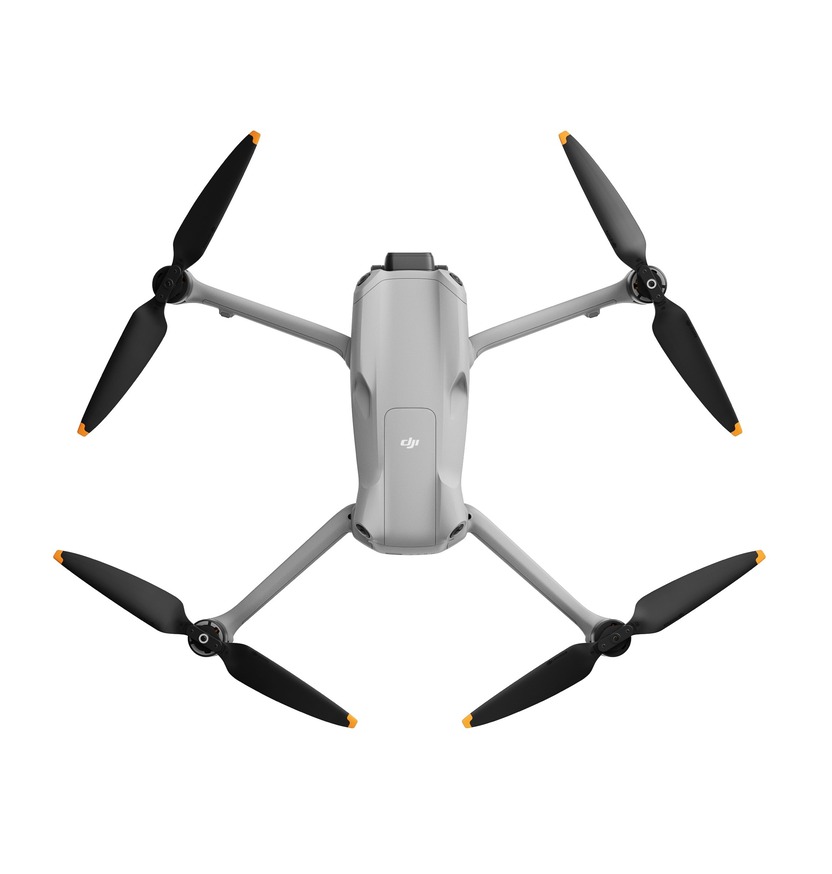
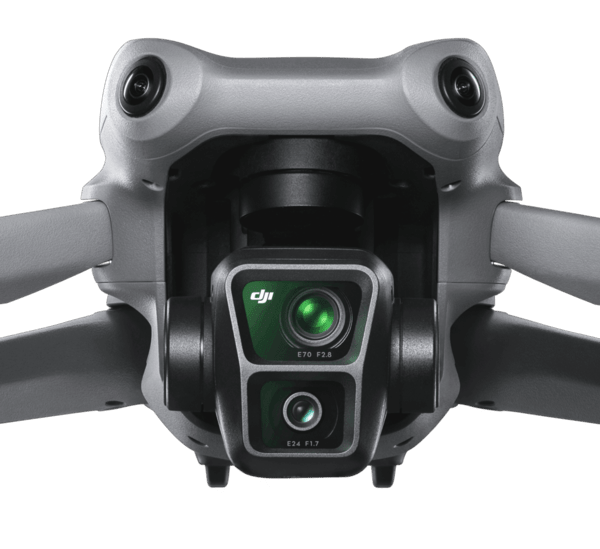
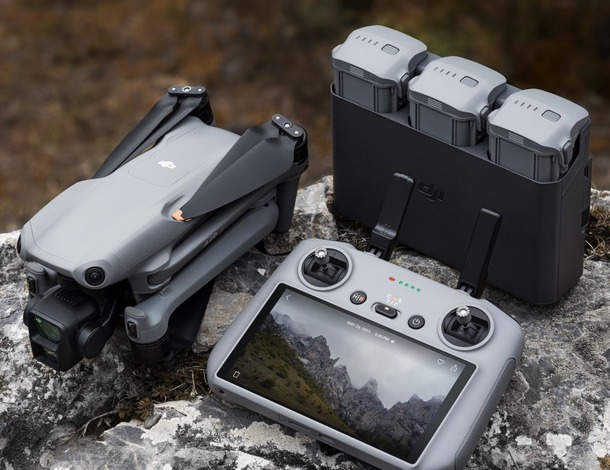
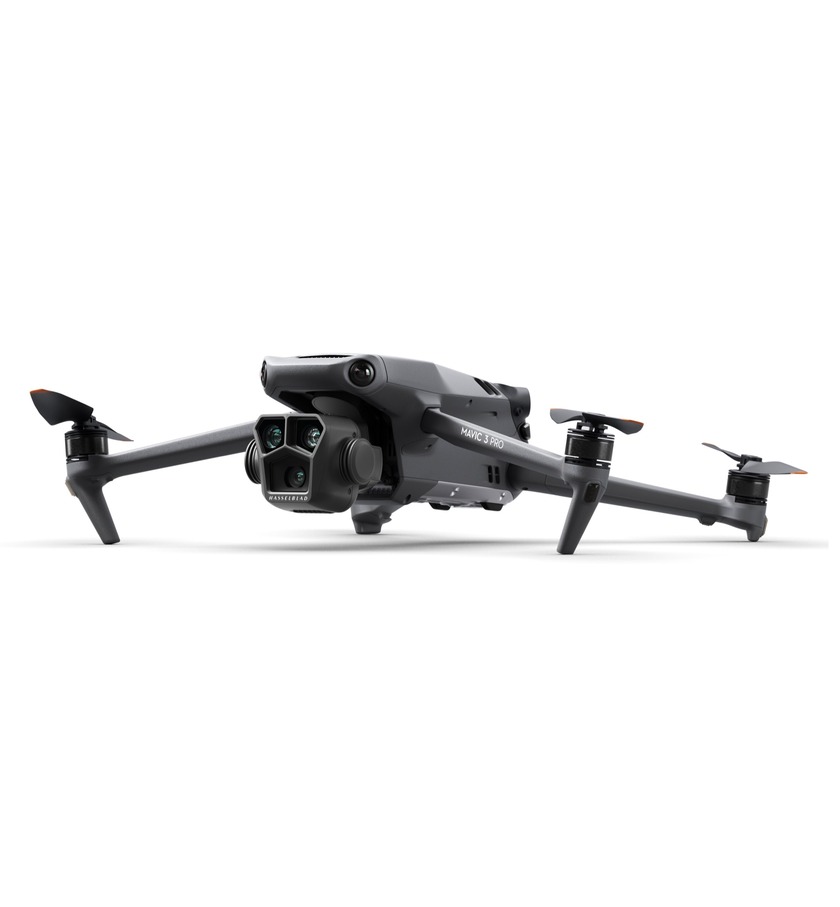
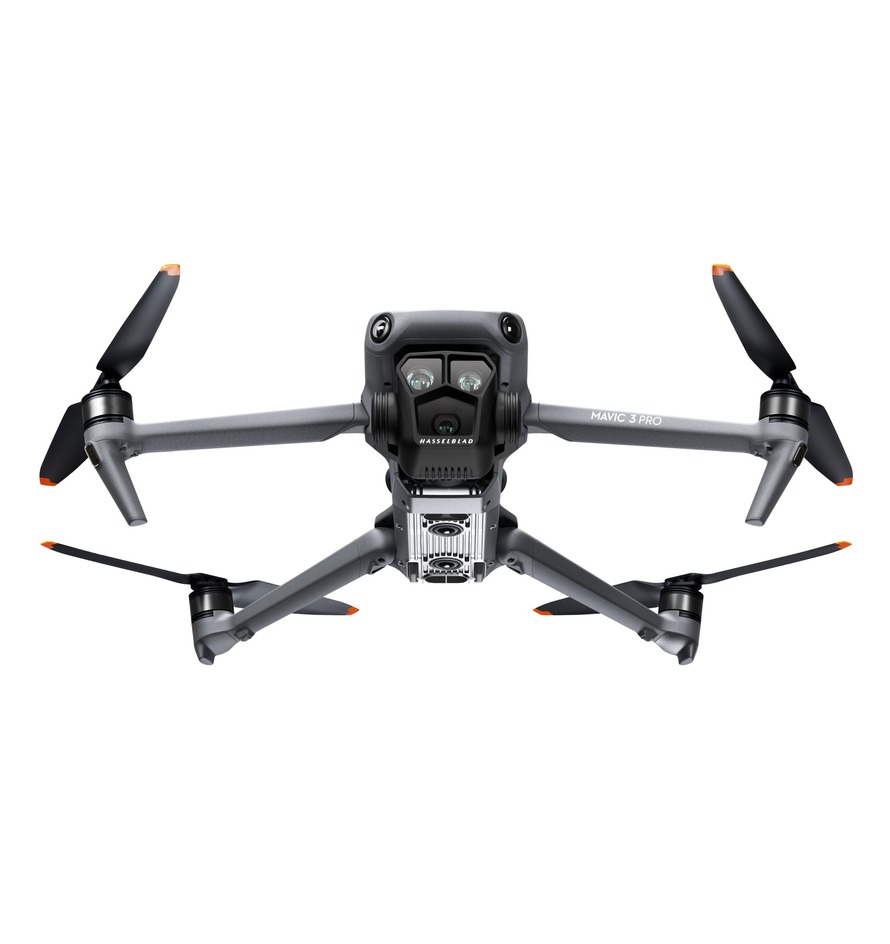
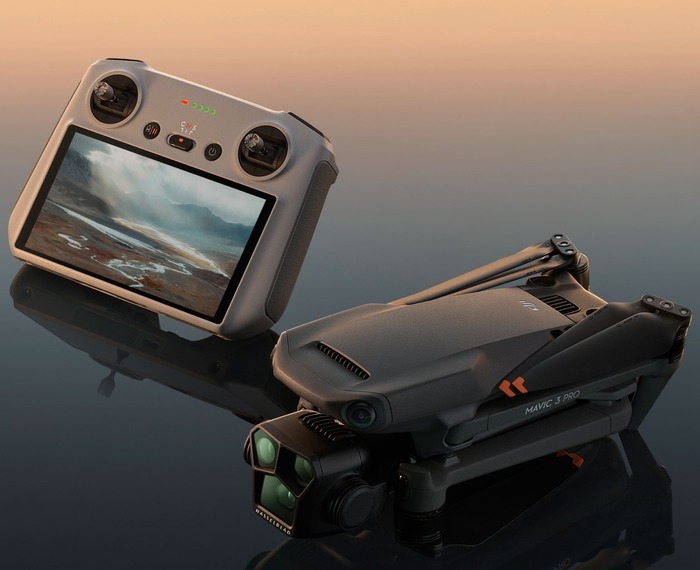
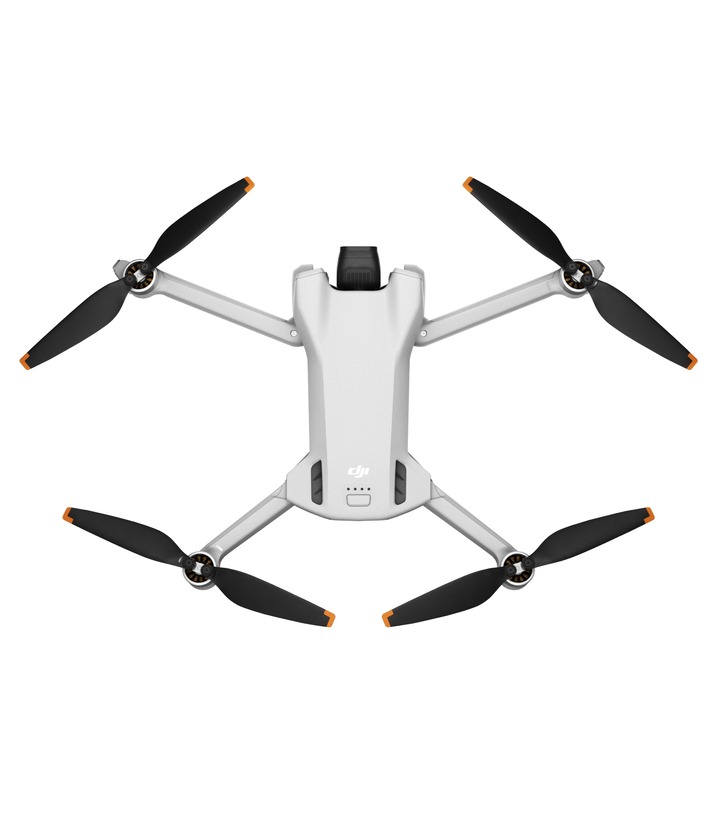
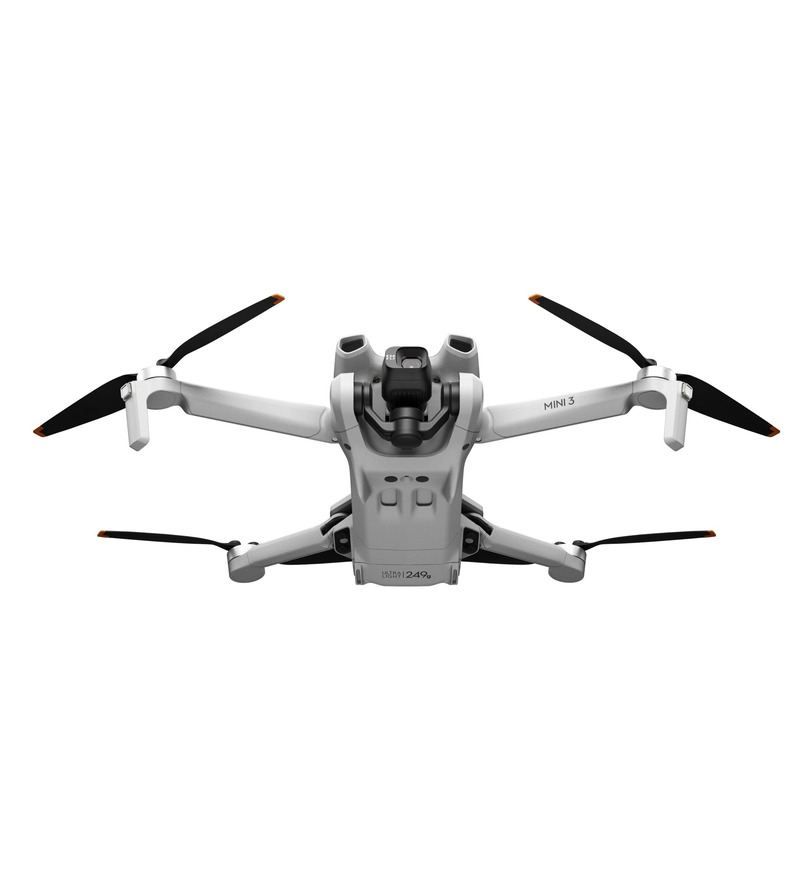
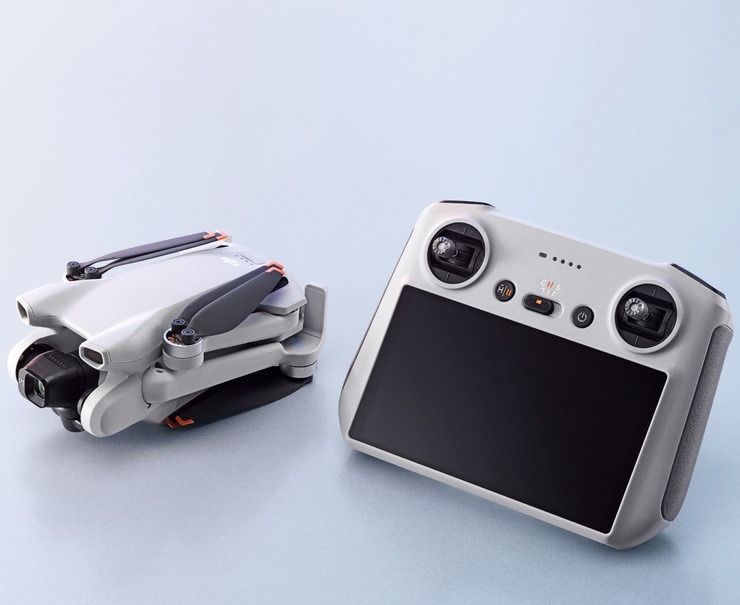
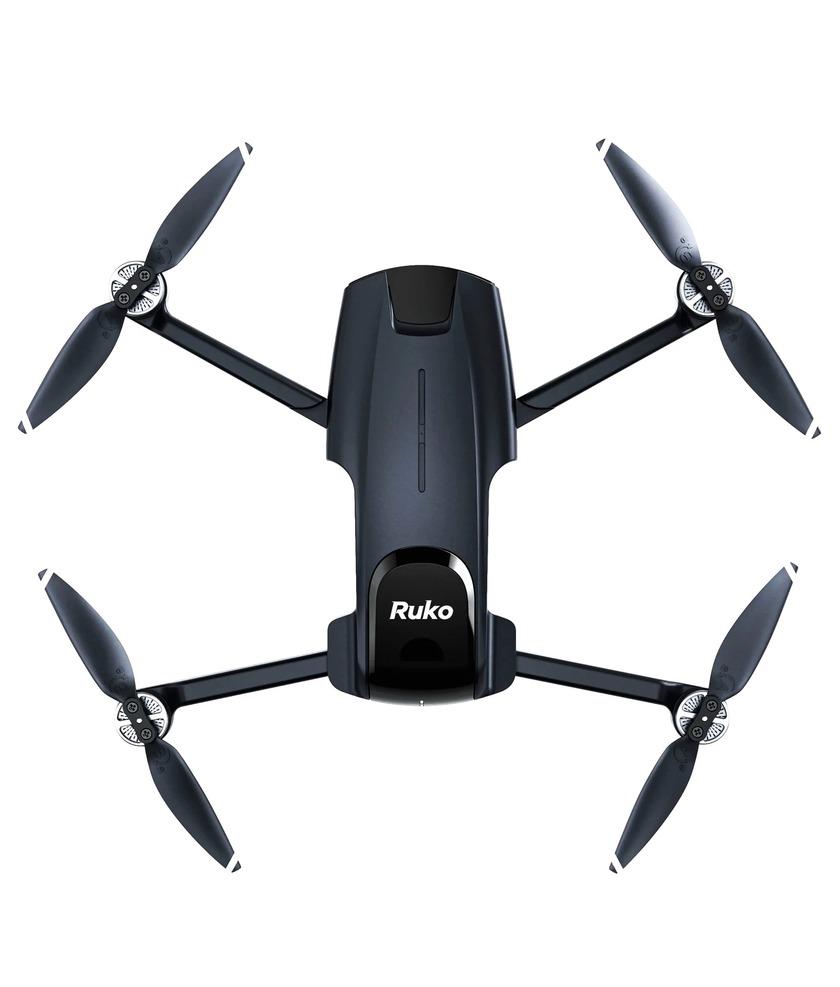
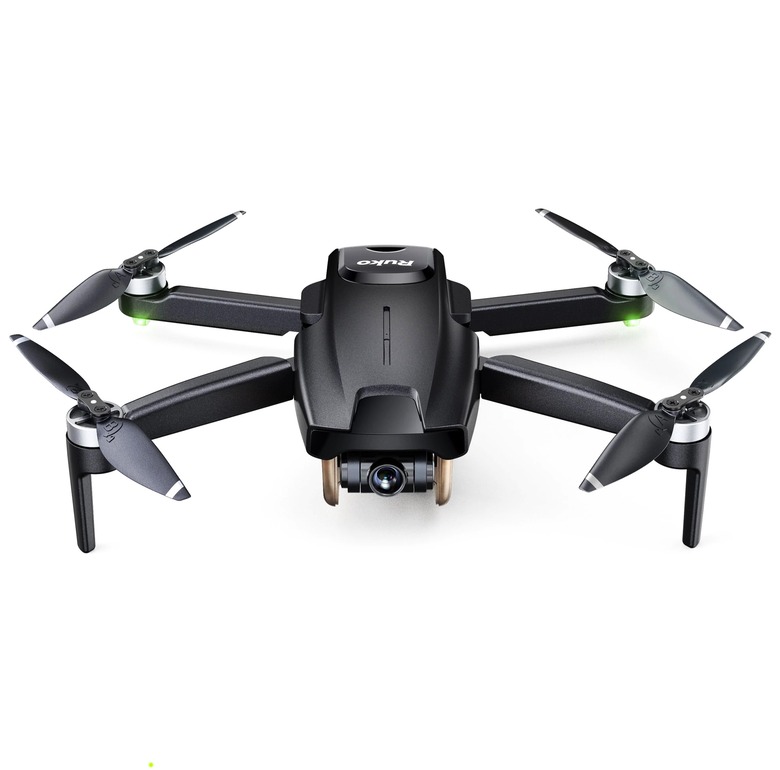
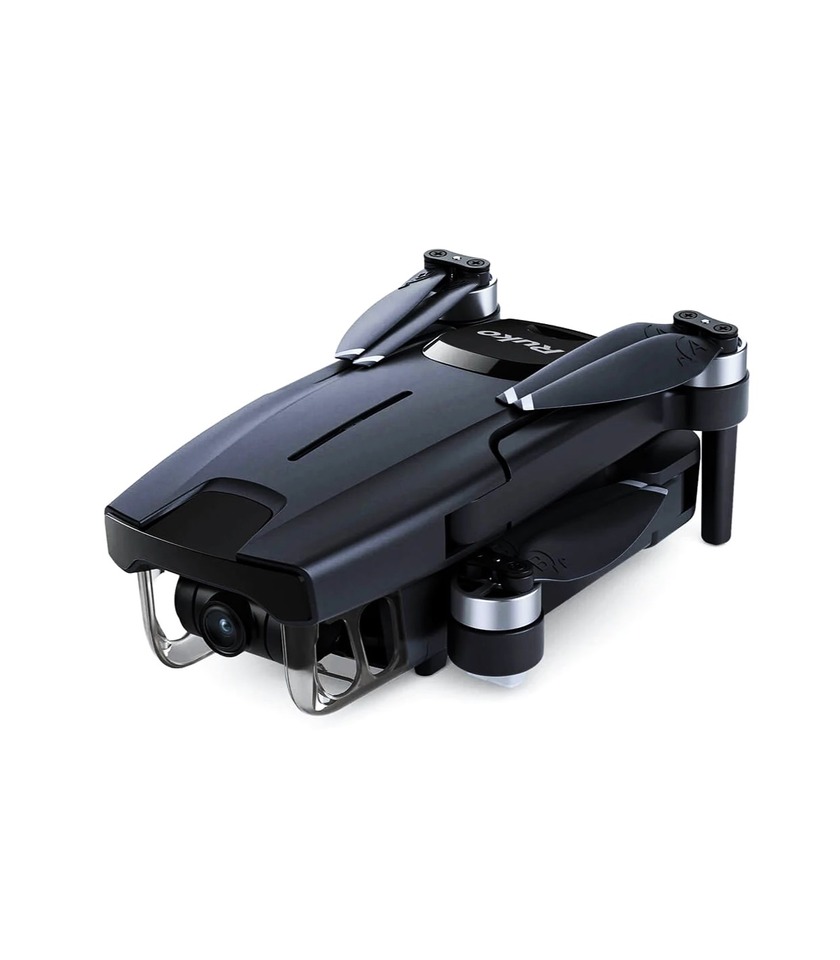
This was a great article! One thing that I just learned about this morning is geofencing. I found out about it in the forums on the DJI website. If you ever revise this article, maybe you could change it to 8 Important Things to Know Before Buying Your First Drone and add a paragraph on geofencing. I wonder if there is an online resource for locating these areas? Anyway, thanks for the article. It was helpful, and I enjoyed it!
Hello Faith, Thank you for your suggestion. We haven’t included a section about GEO Fencing because it is mostly limited to the DJI brand, whereas most of the other brands do not have this option.
In contrast, this article focuses on general things that one must be aware of irrespective of the brand they choose to opt for! (We have tried to keep this article as neutral as possible) To clarify further, if one wants to purchase a toy drone, or say, a starter drone from Autel, Ruko, Hubsan, or Holy Stone – as these companies do not yet provide the geofencing option, then the section about “GEO Fencing” would be of no use to them.
But for sure, we will be covering this topic in a separate article.
Thanks.
Excellent educational topic for those who are just beginning to go into the drone investment, flying, and its operation!
Thanks, such words keep us striving harder to bring the best information to the knowledge of our audience.
I am totally new to this hobby. I am looking for a drone for aerial shots, other neat scenery, etc. Can you recommend a relatively modestly priced drone, not overly complicated, includes a good-quality camera, and has rotor guards.
Hello Dylan, difficult to say as it all depends upon your budget. Our current first choice for beginners is – DJI Mini 4 Pro (Best Value). But if you are looking for something under $500, you should check out – DJI Mini 3. For under $350 – DJI Mini 2 SE, Ruko F11 Mini, and drones from companies, including but not limited to Holy Stone, DEERC, Potensic, Snaptain, Altair, etc.
Hello, I have never flown a drone before. But I am pretty interested in this field and want to fly for fun! I am thinking of buying DJI Mini 4 Pro. What do you think of it in general? Would this be suitable for someone like me?
Hey Gary,
Definitely, as DJI Mini 4 Pro is one of the best beginner drones available on the market.